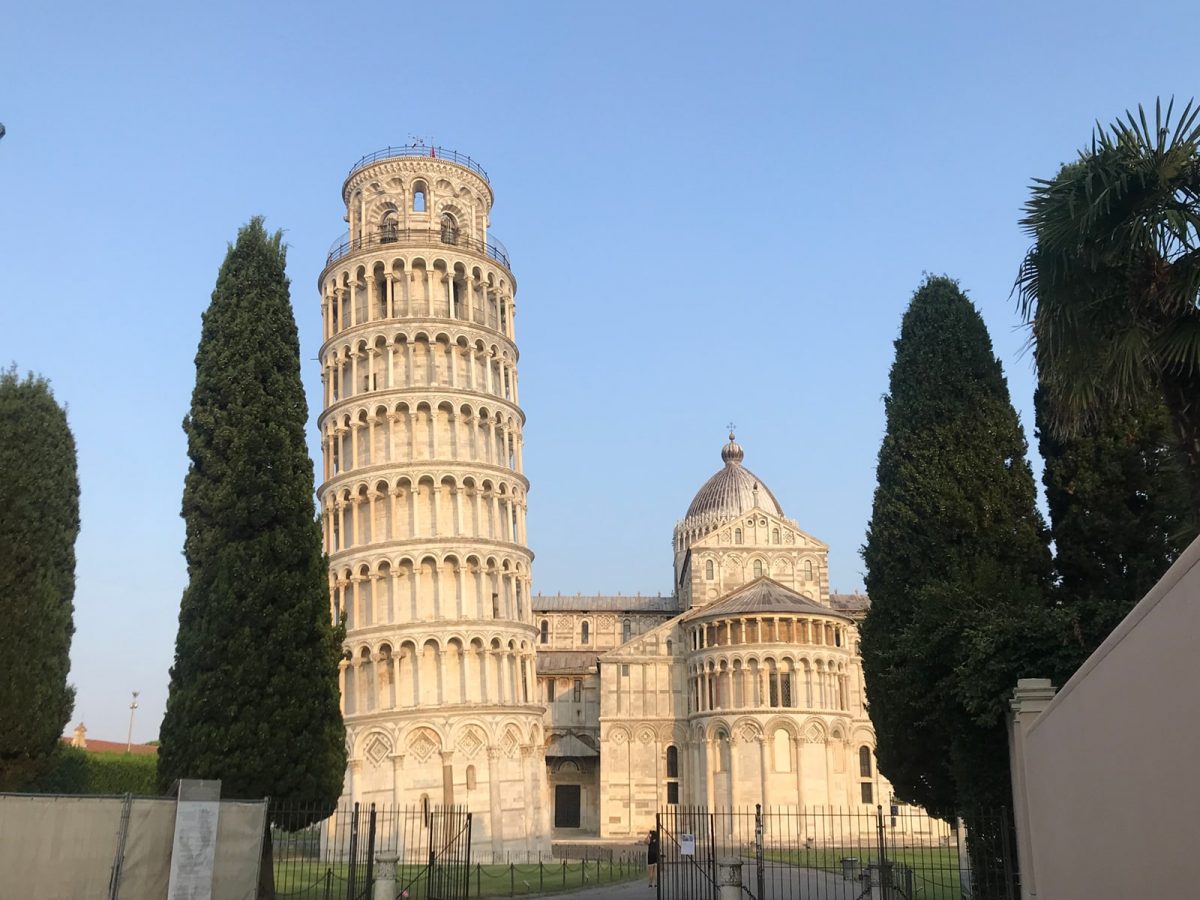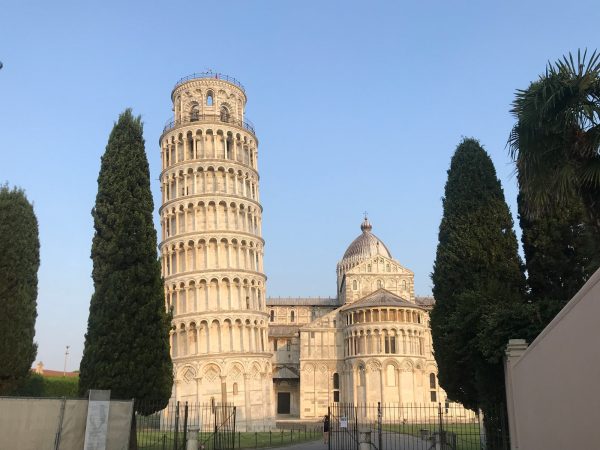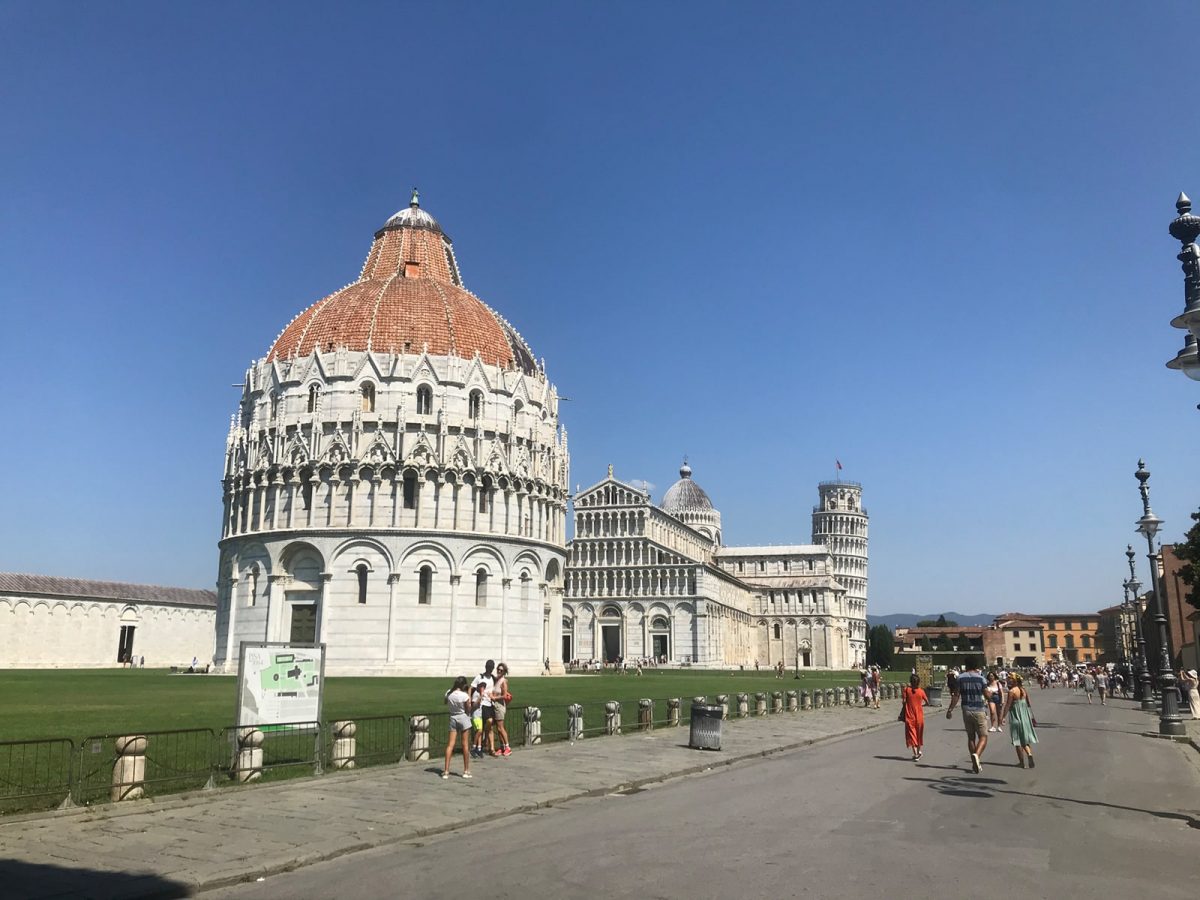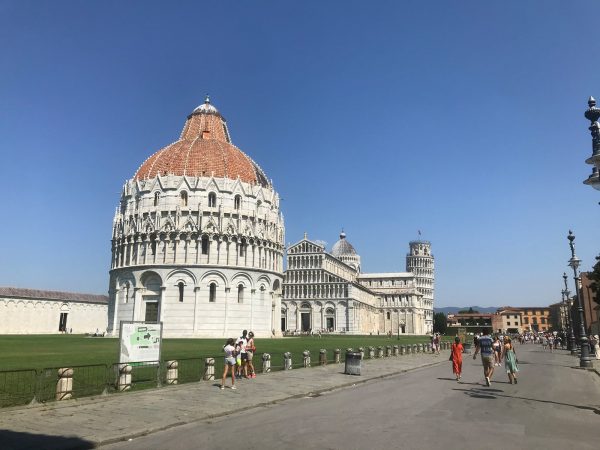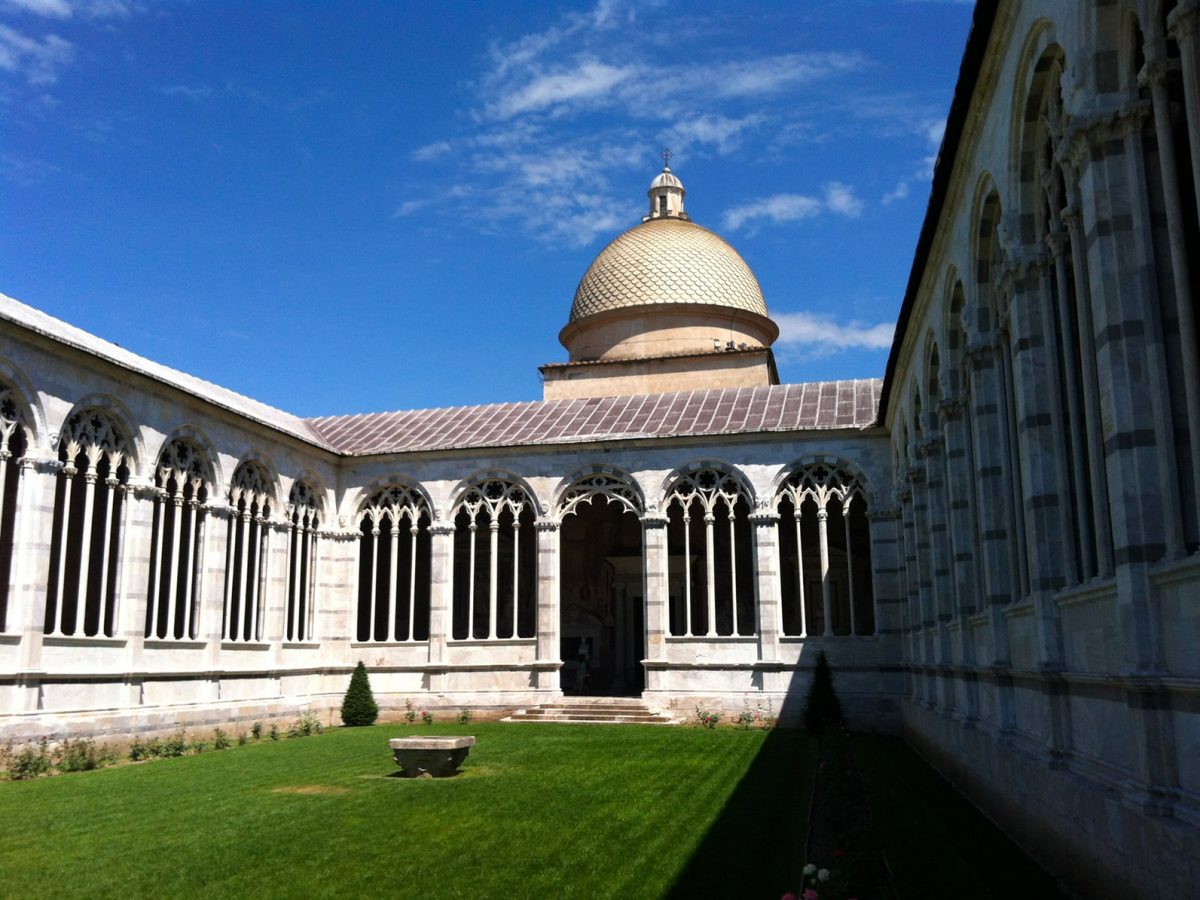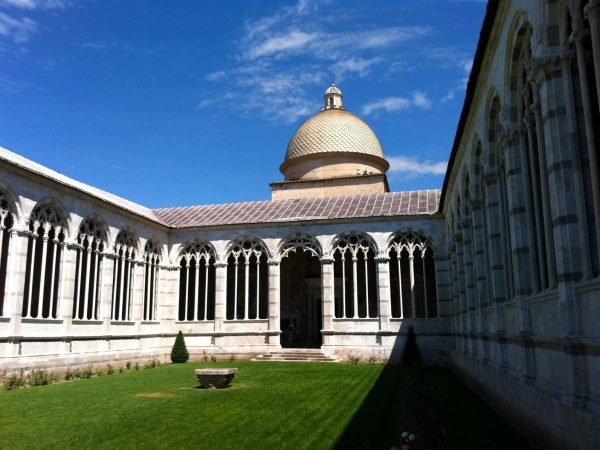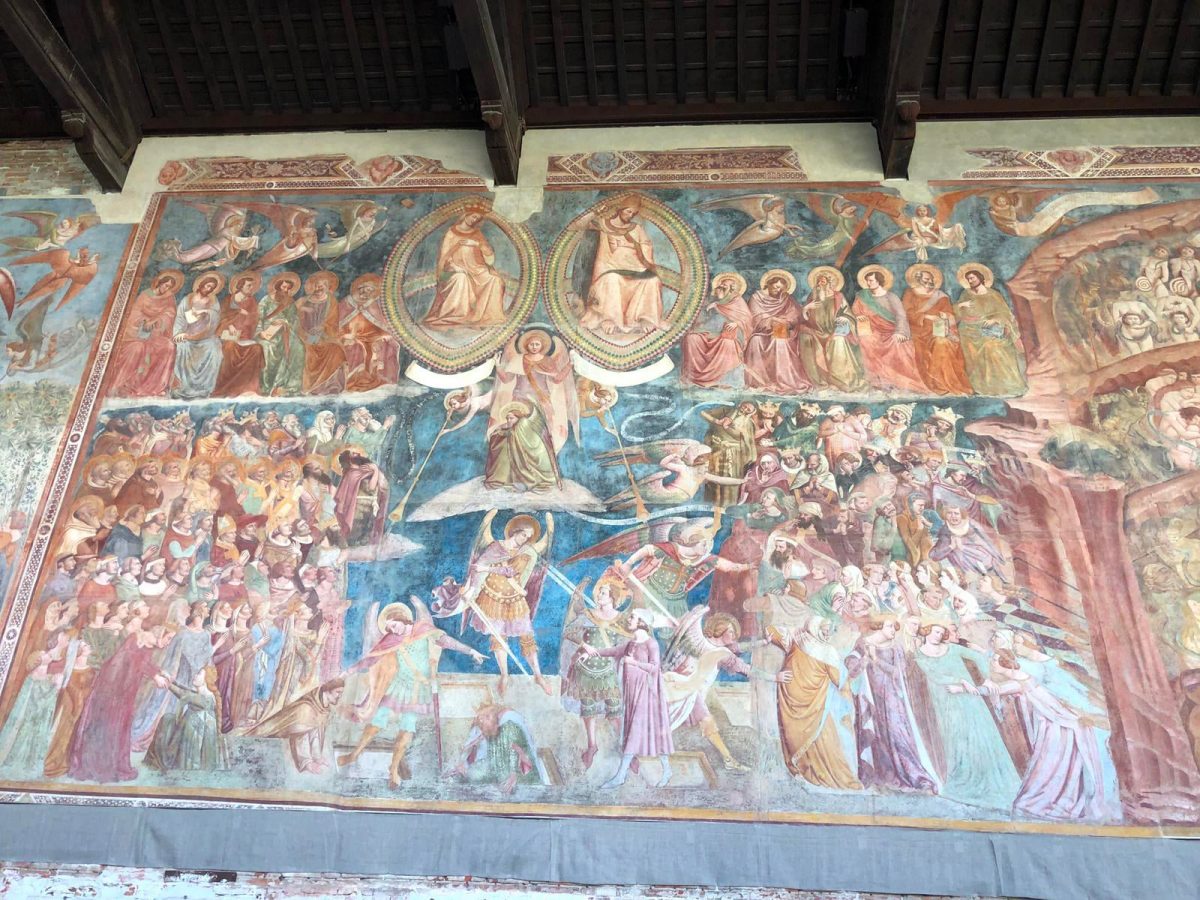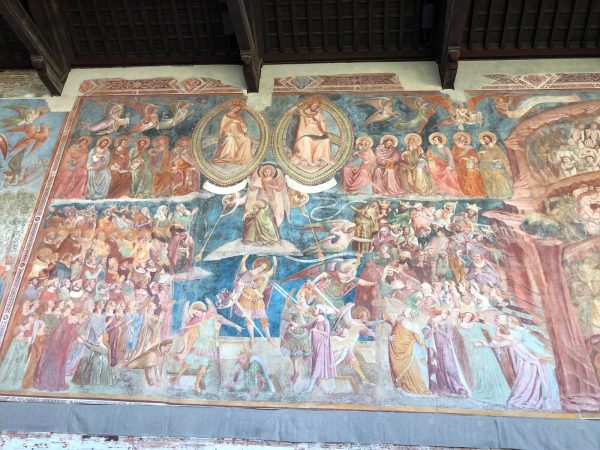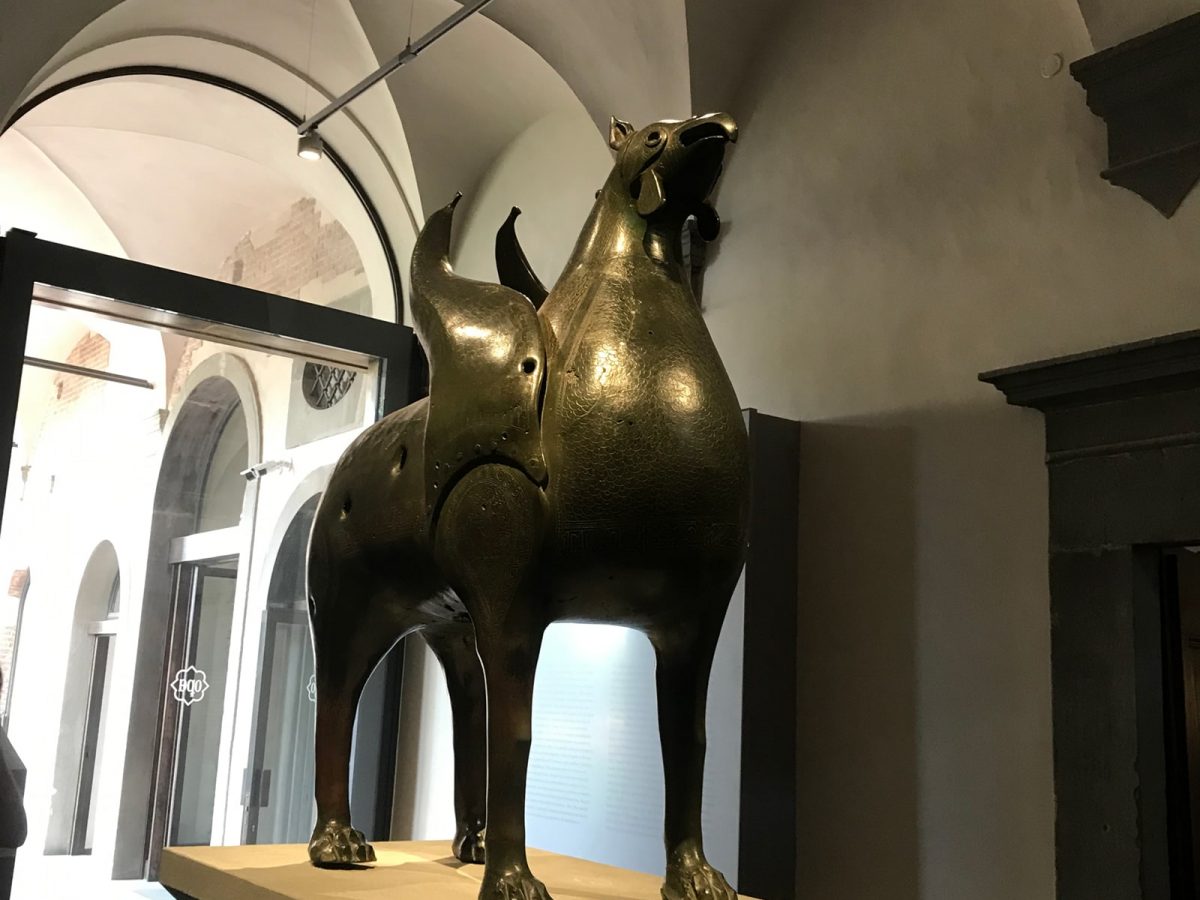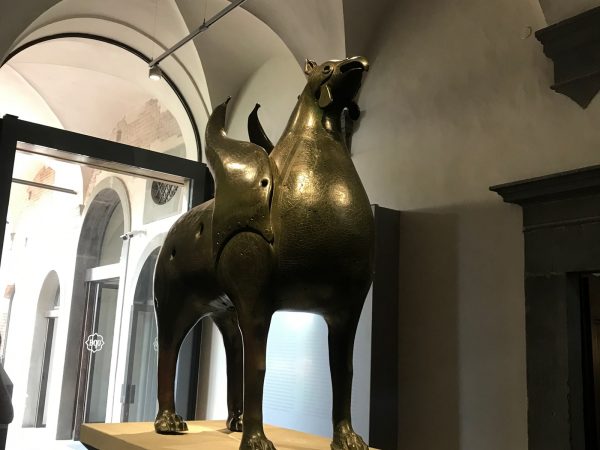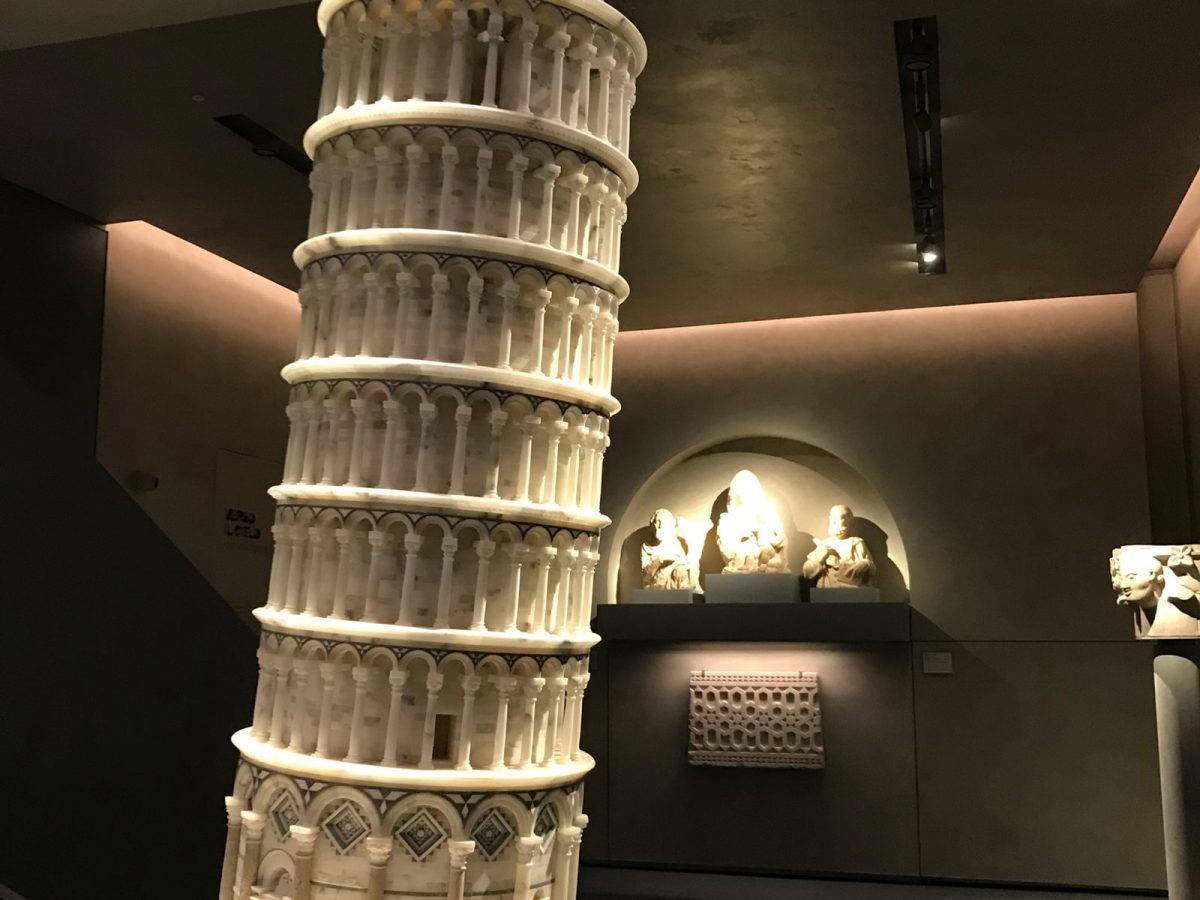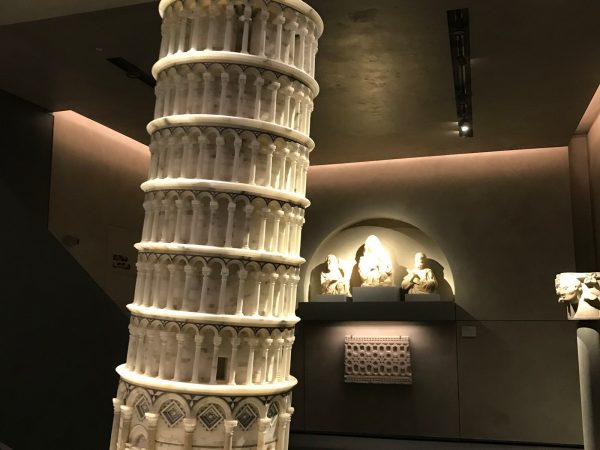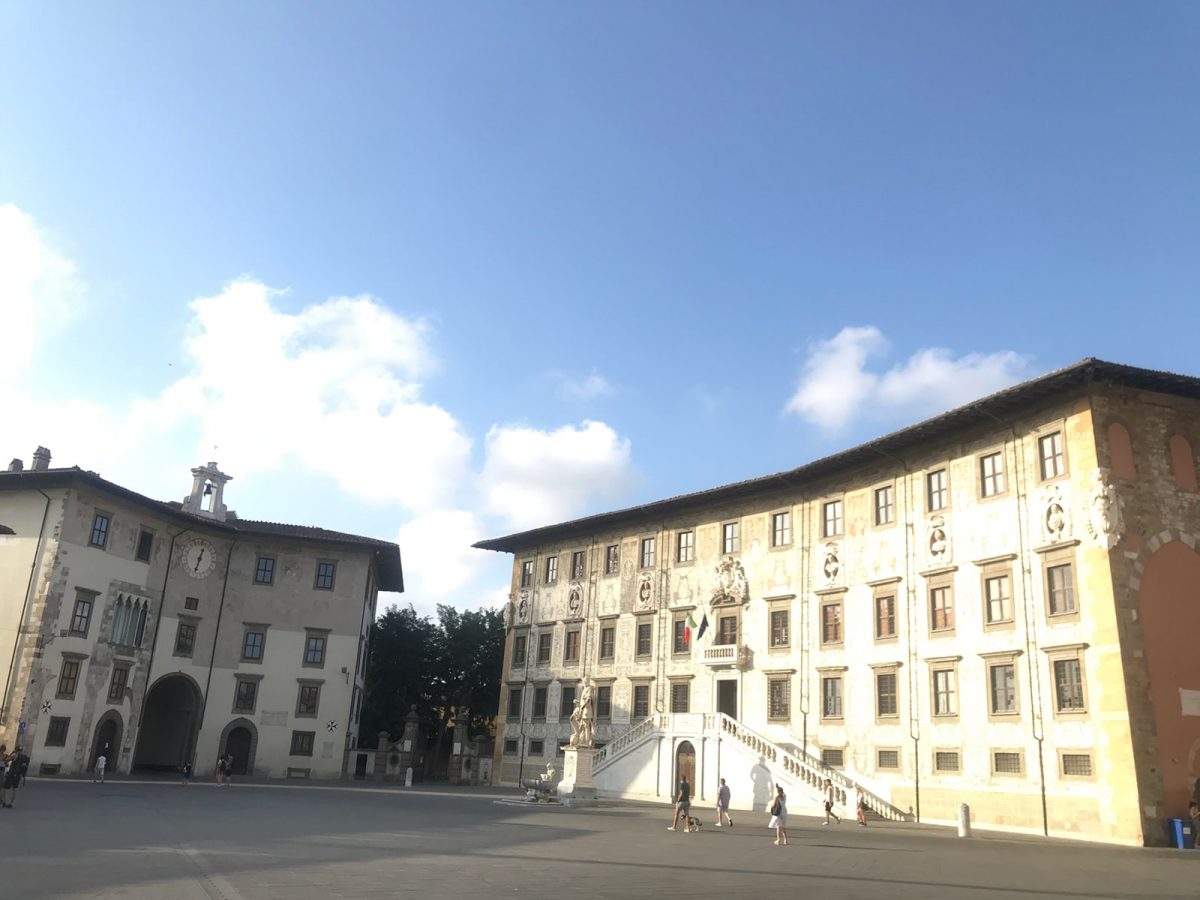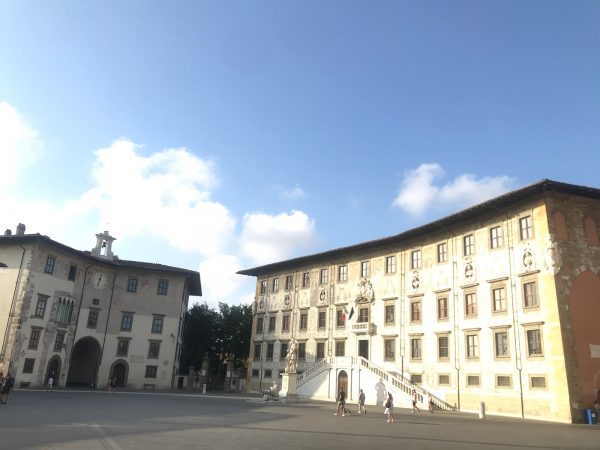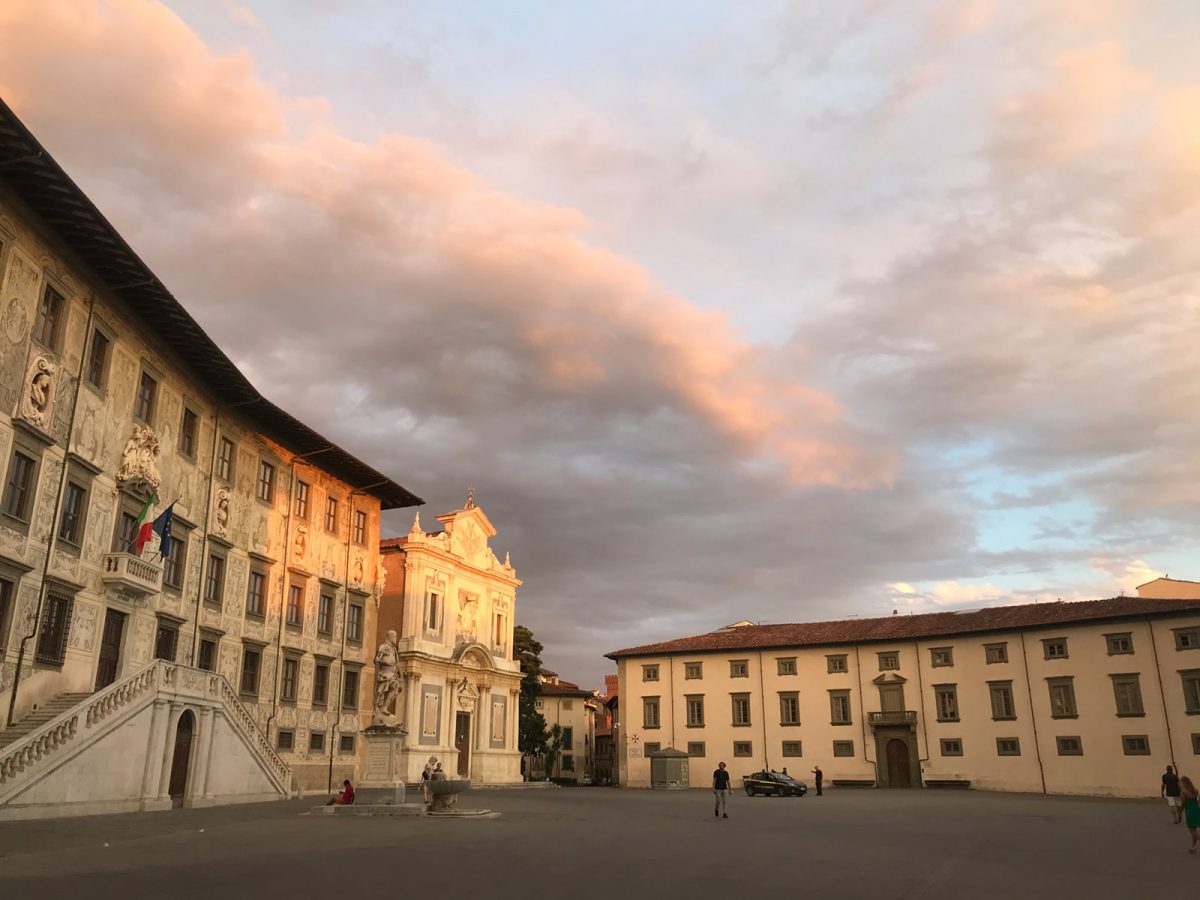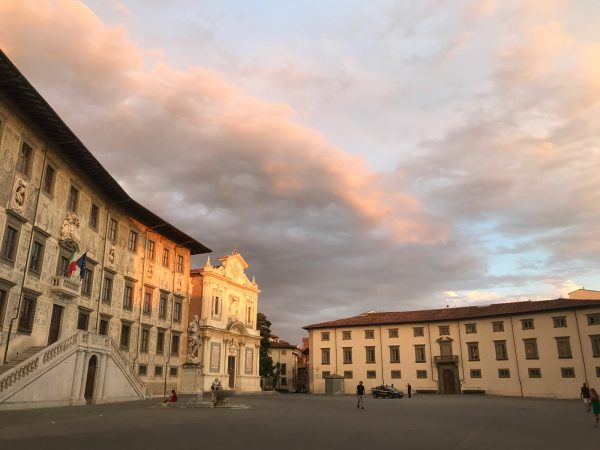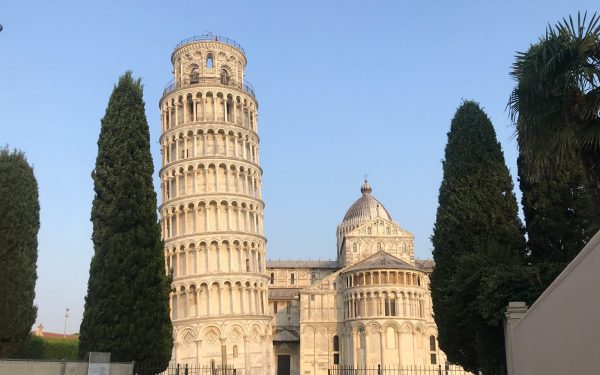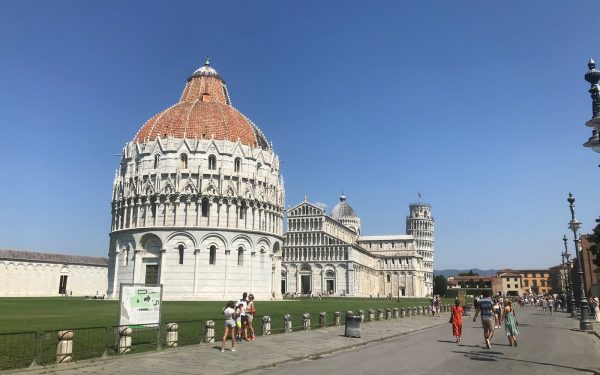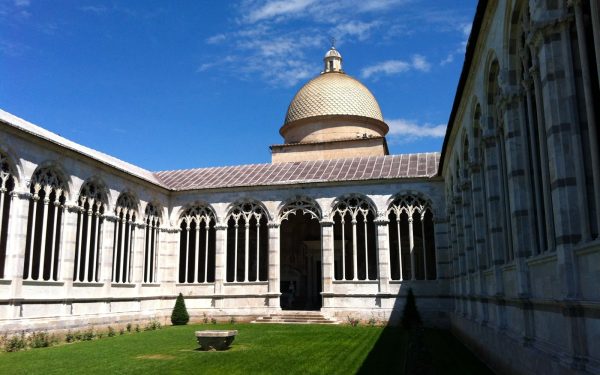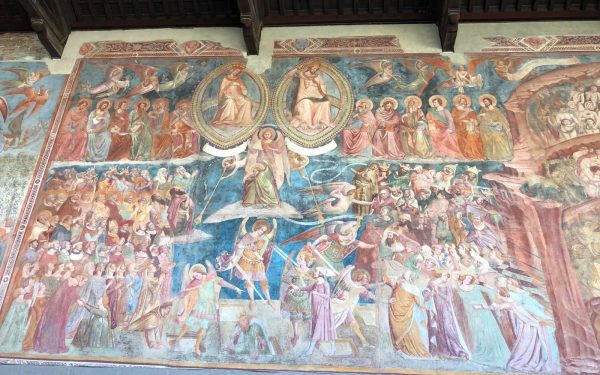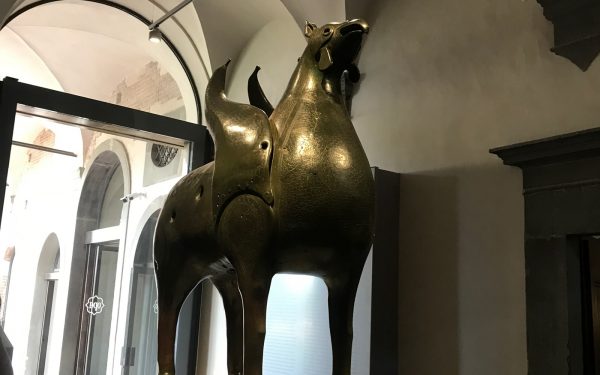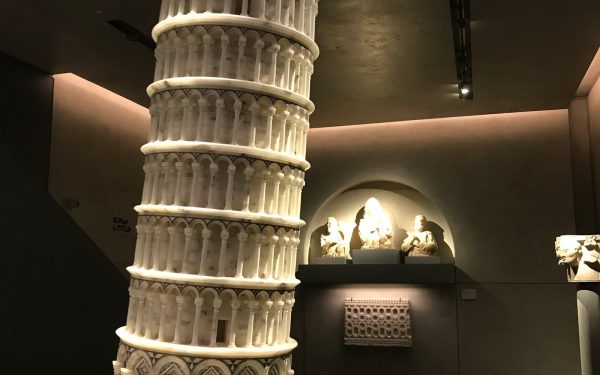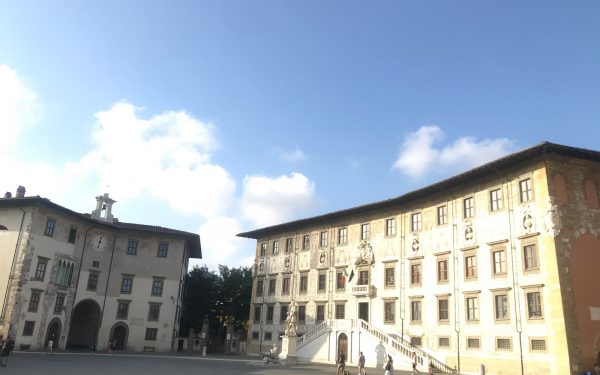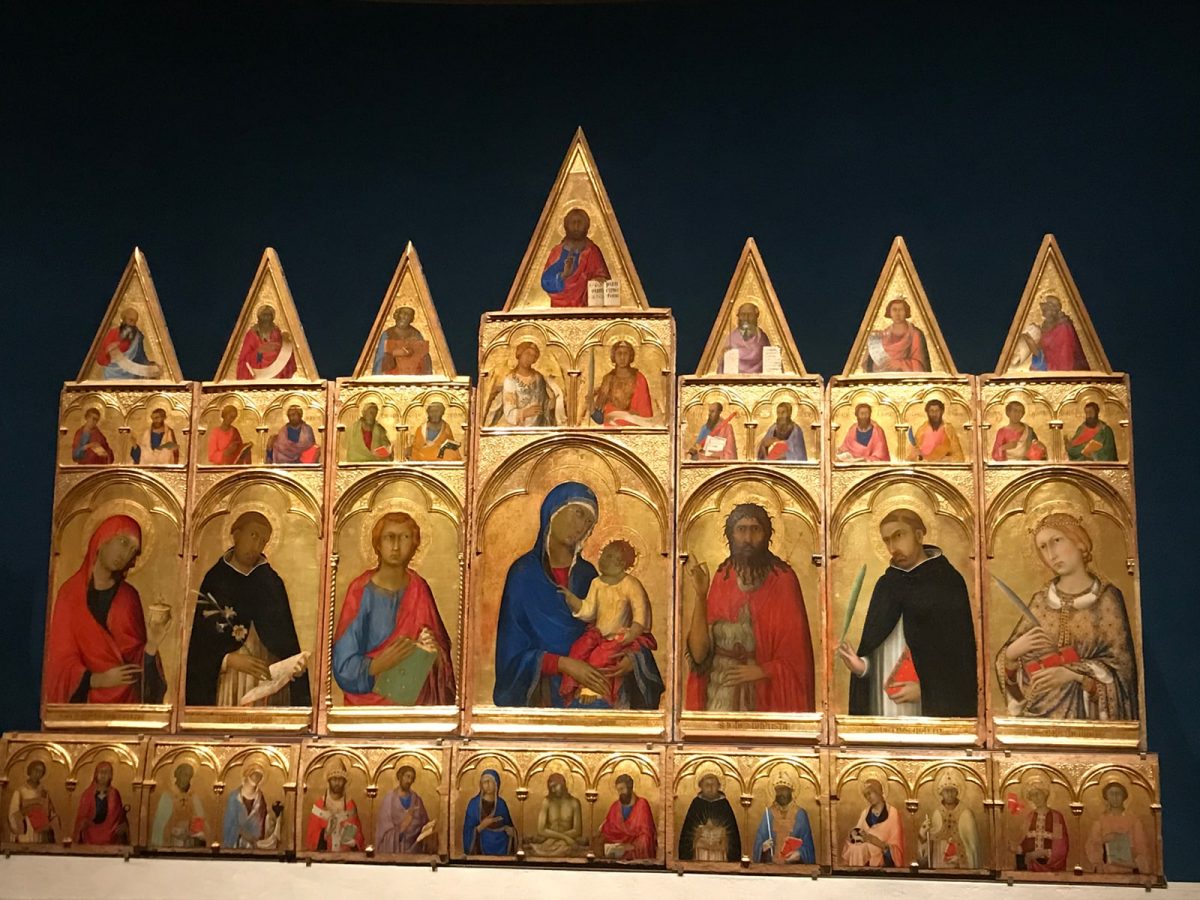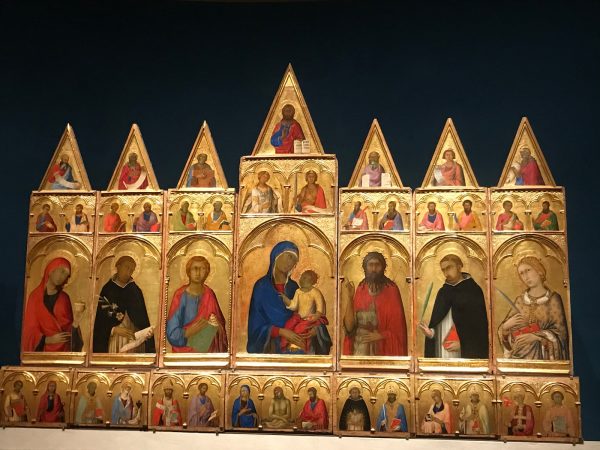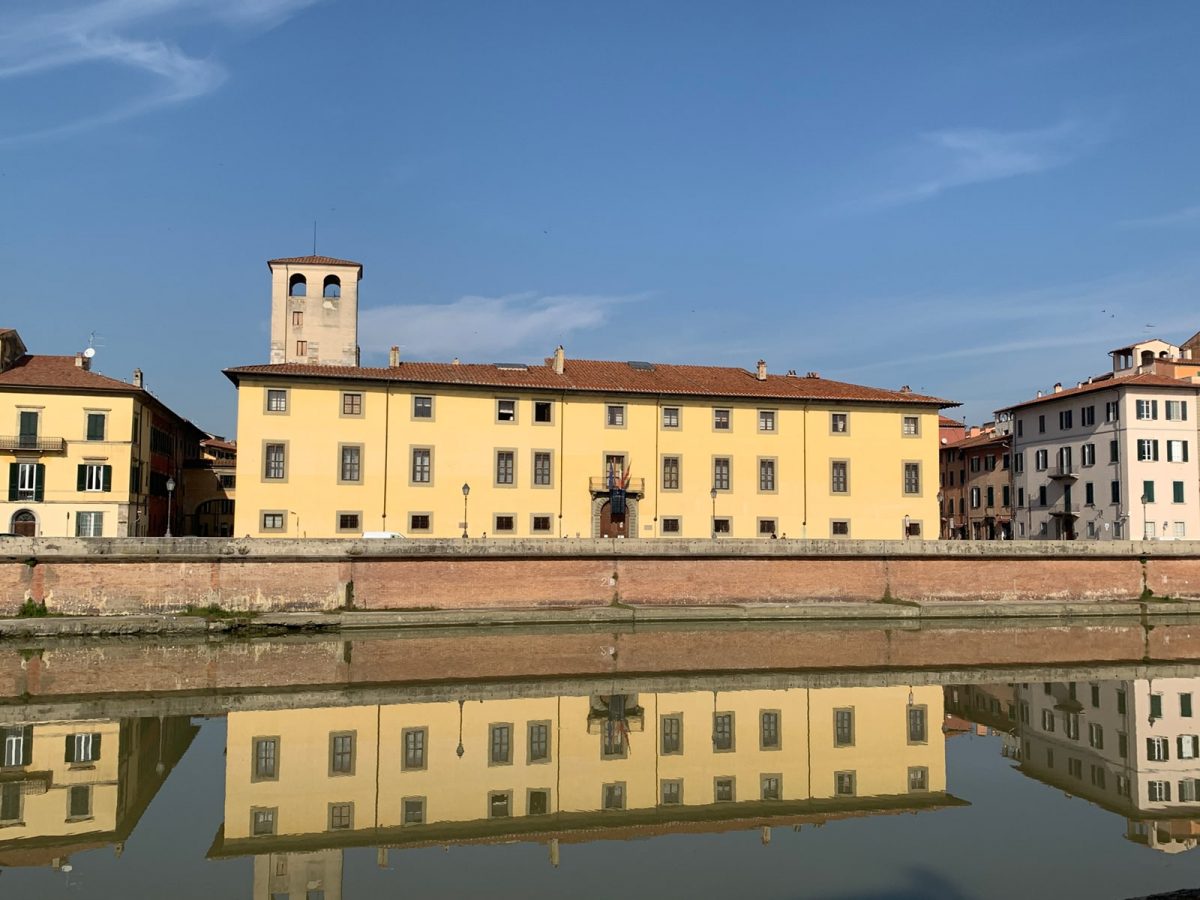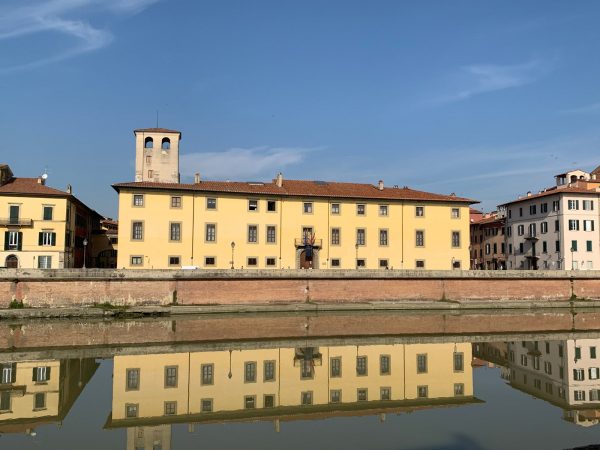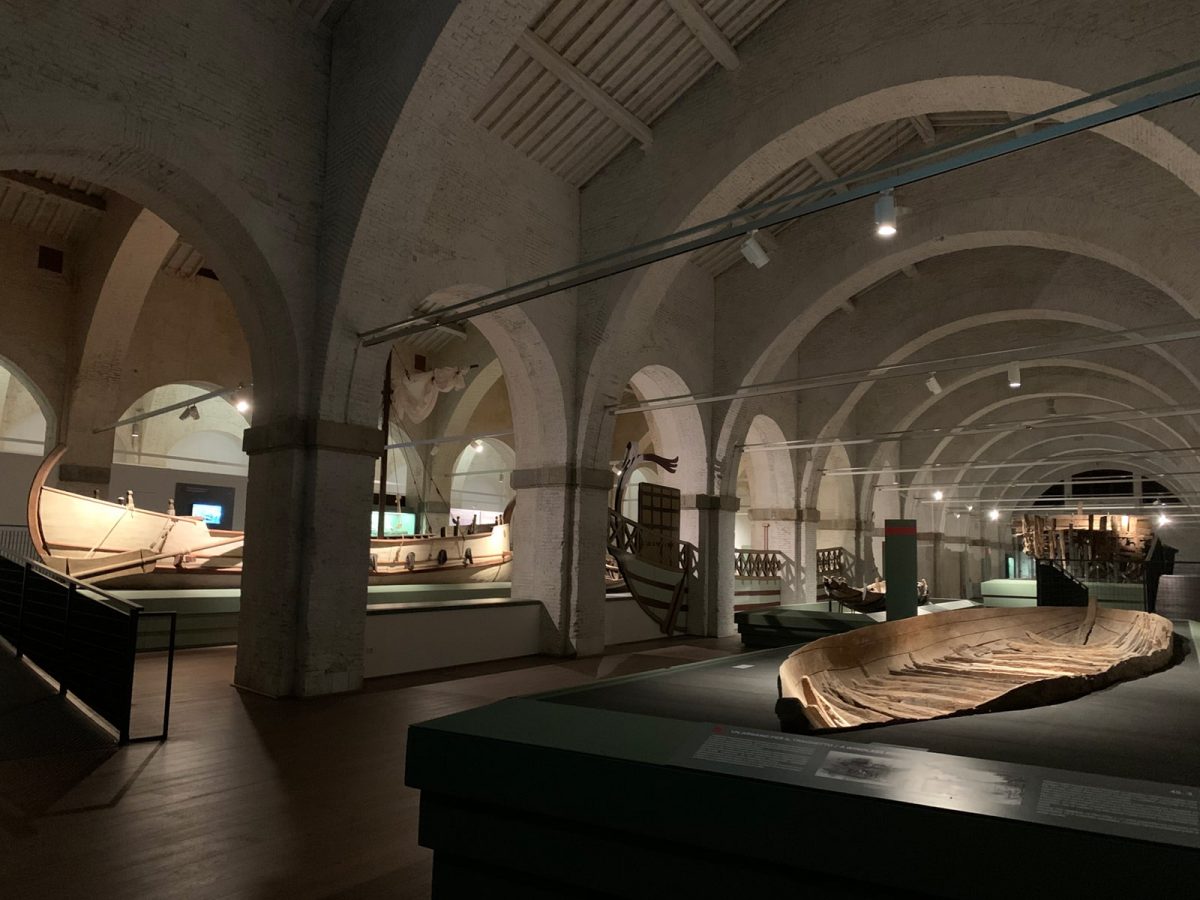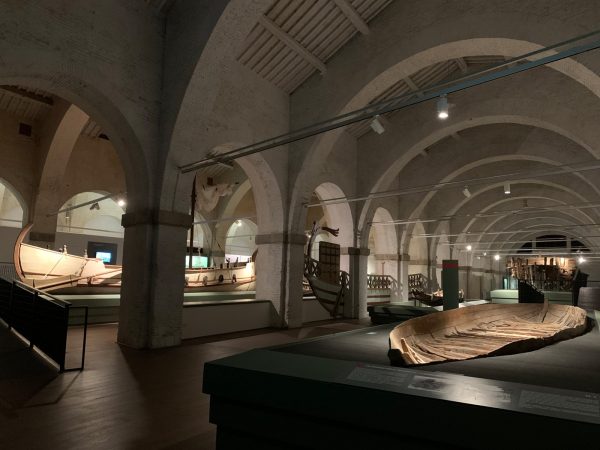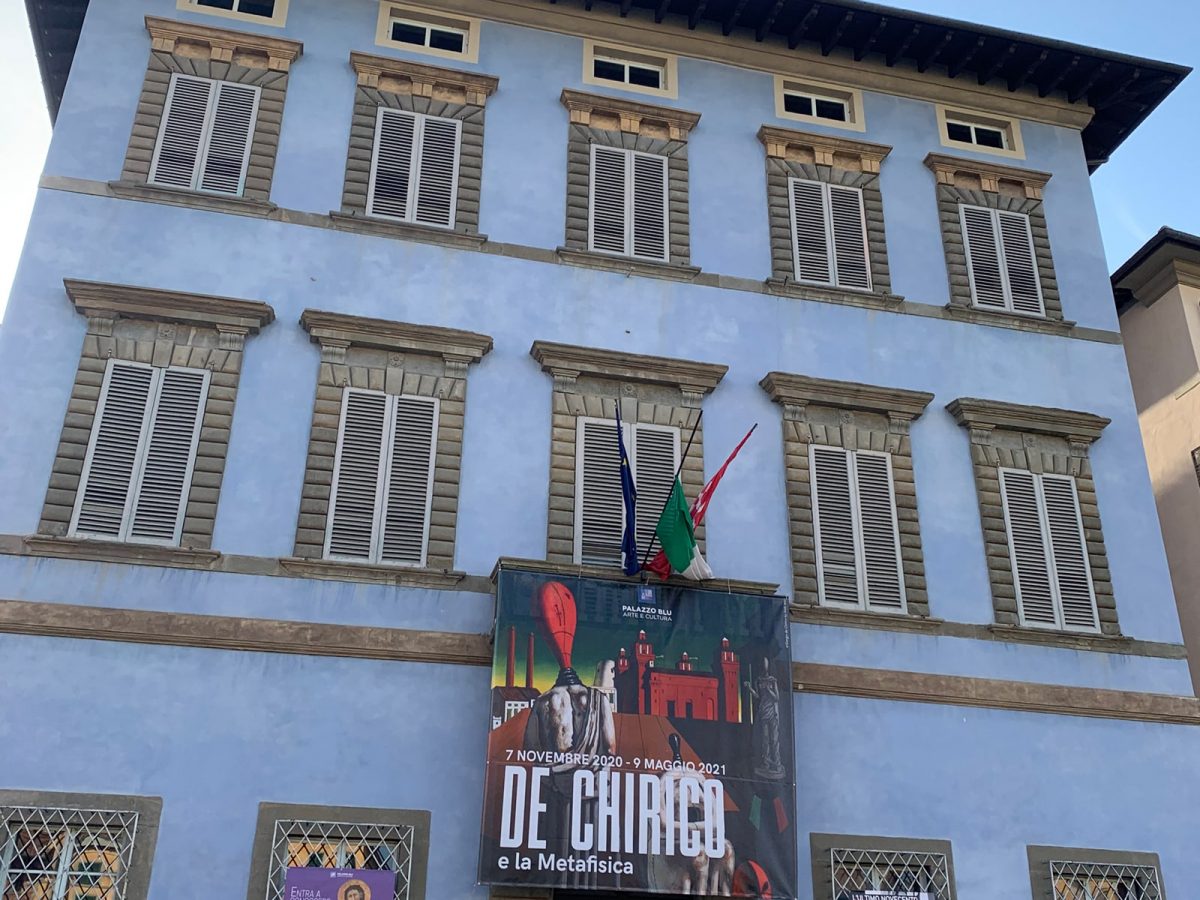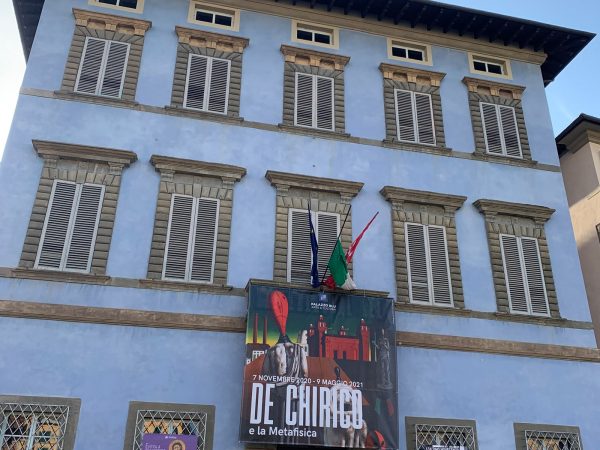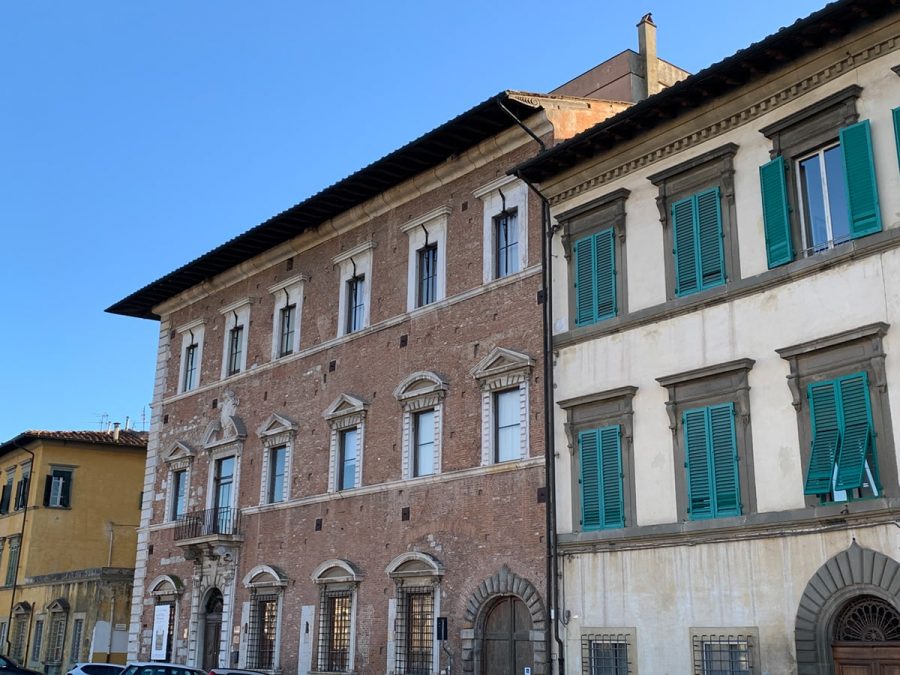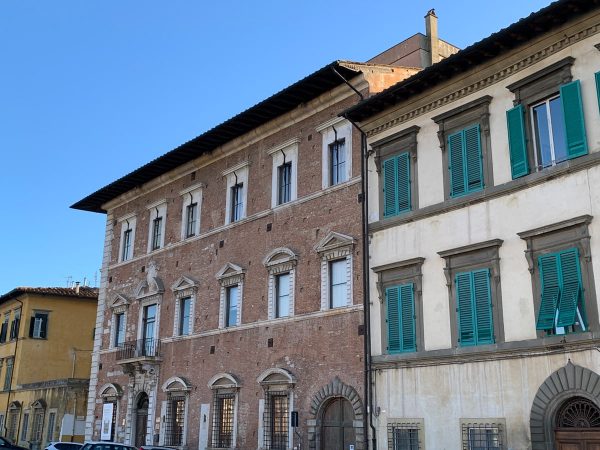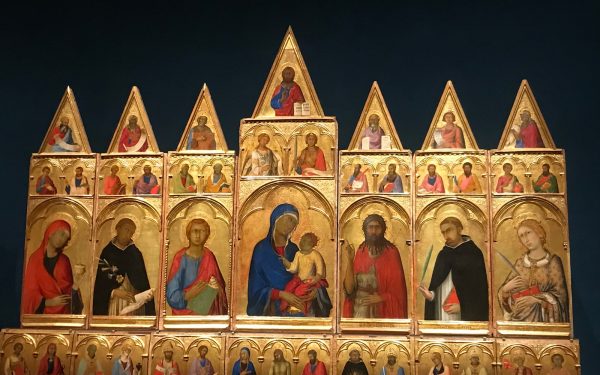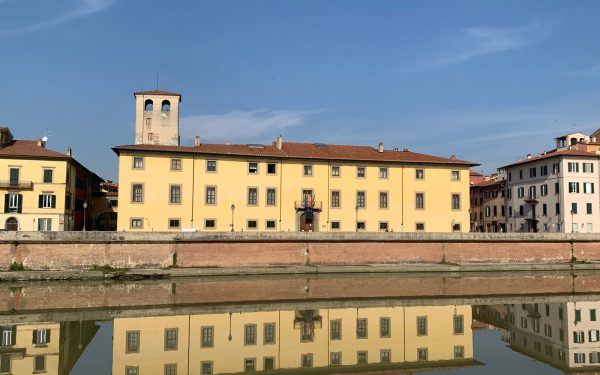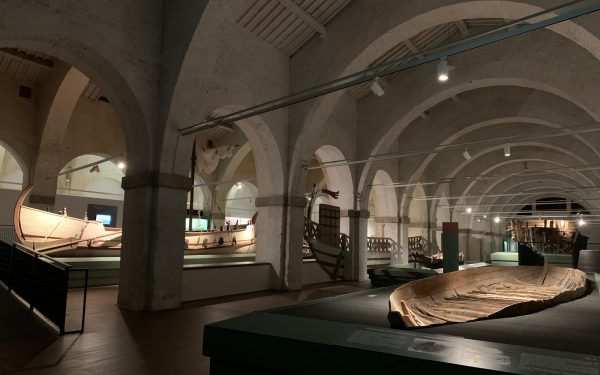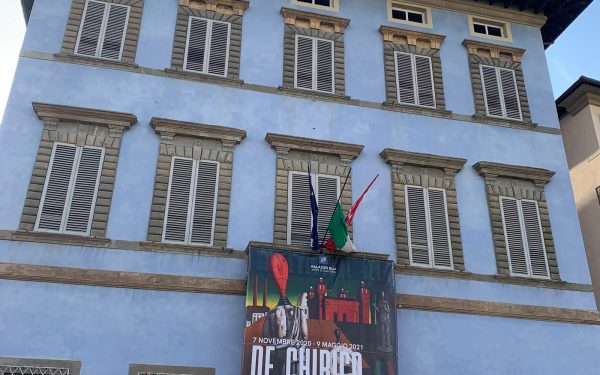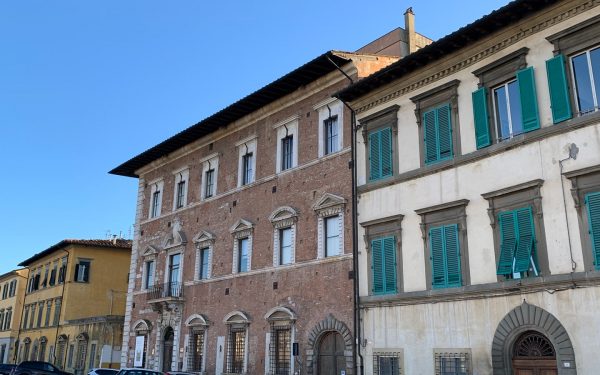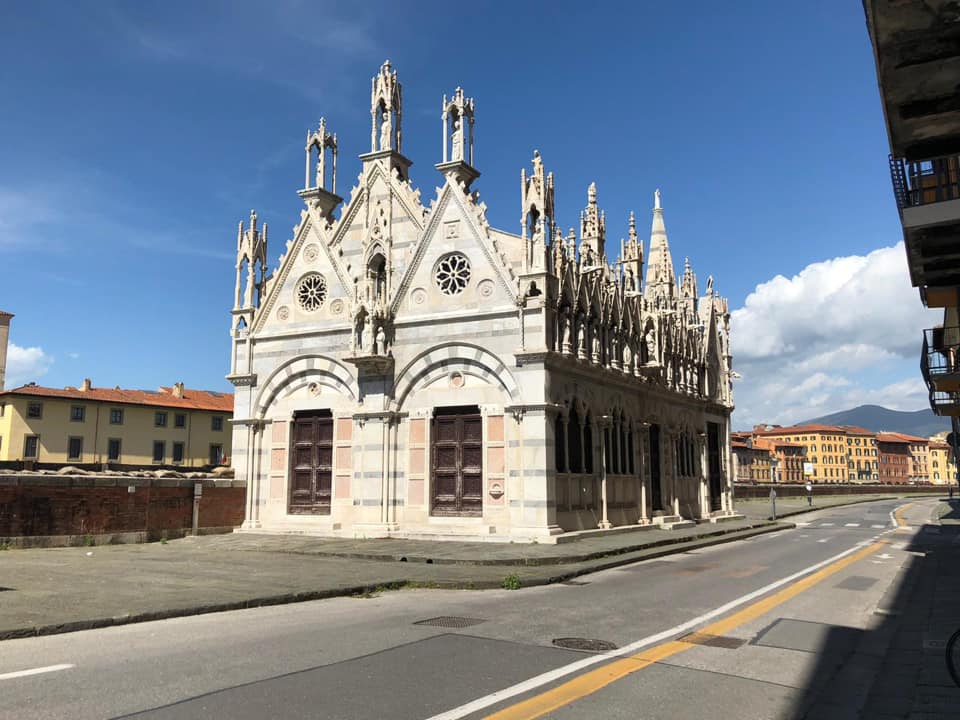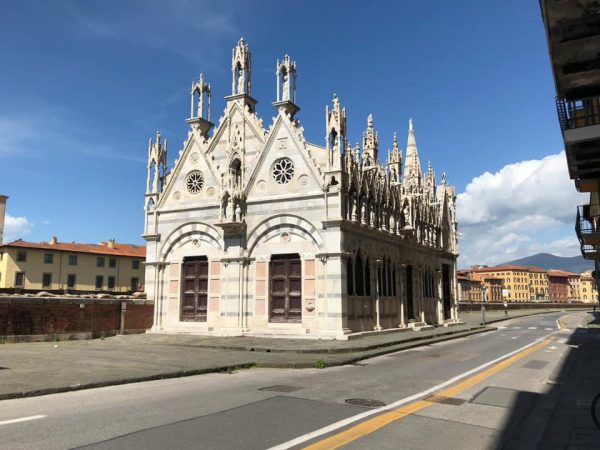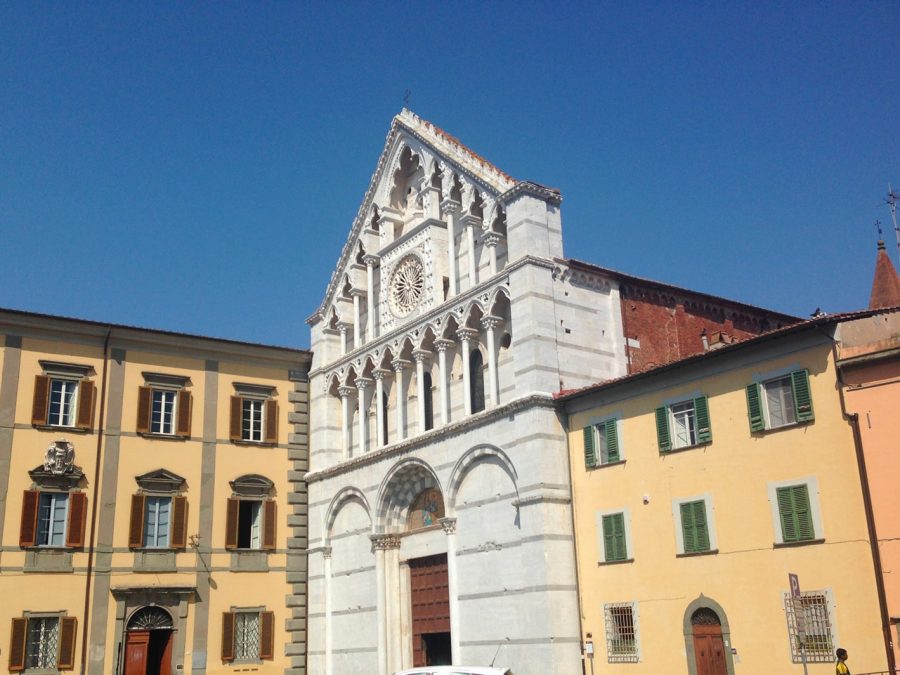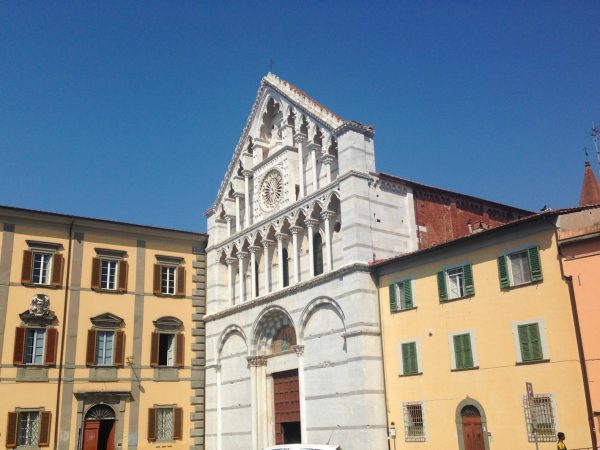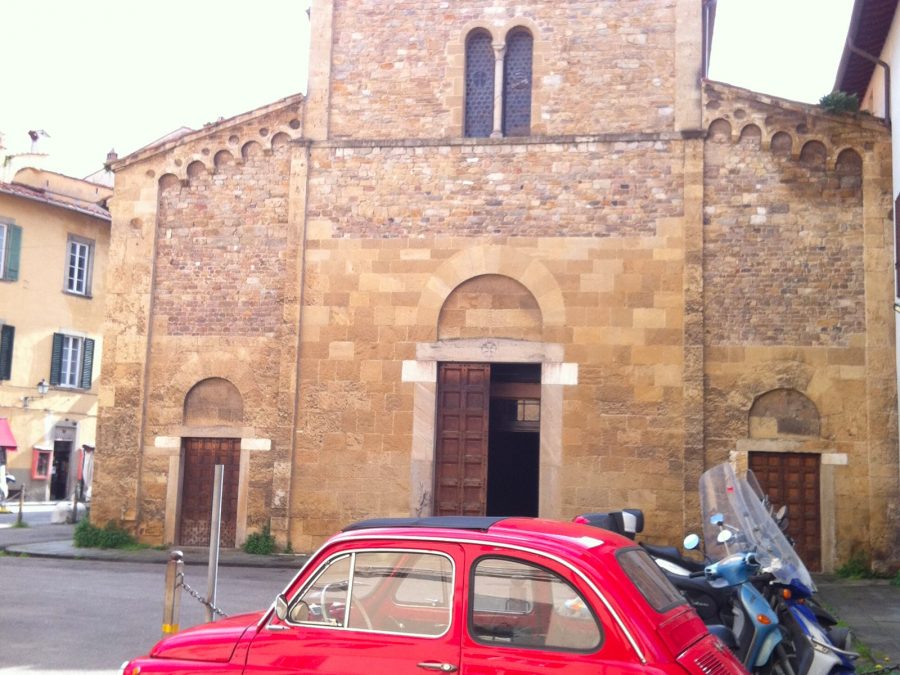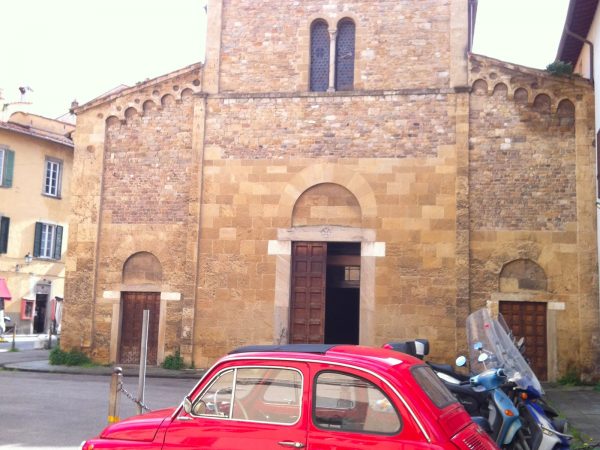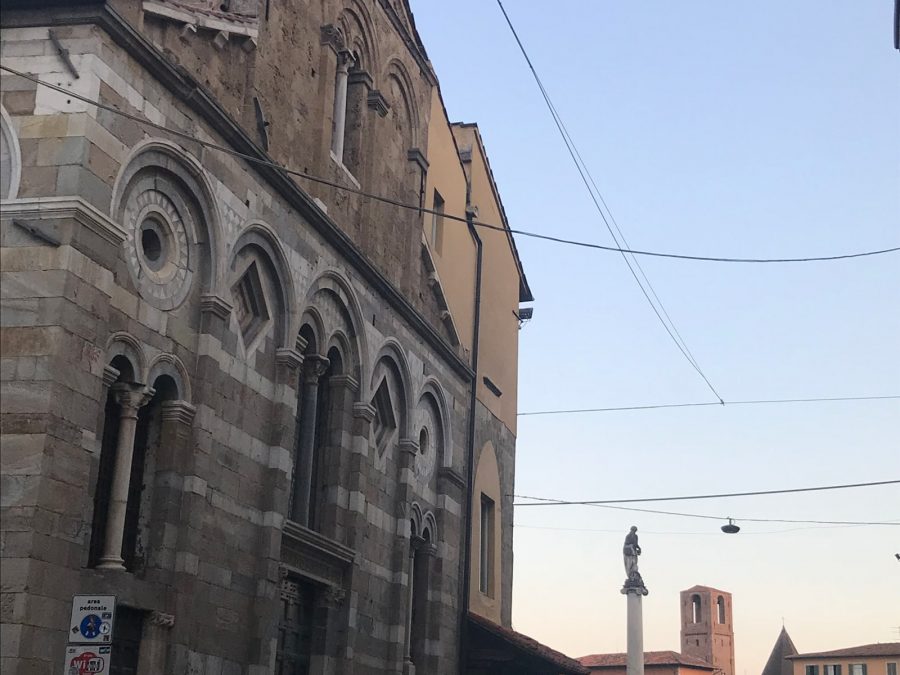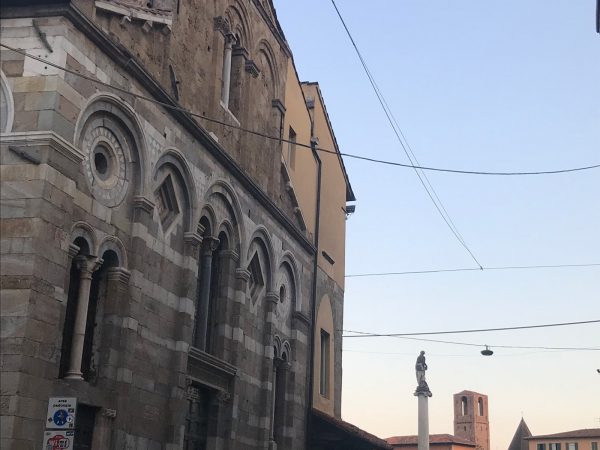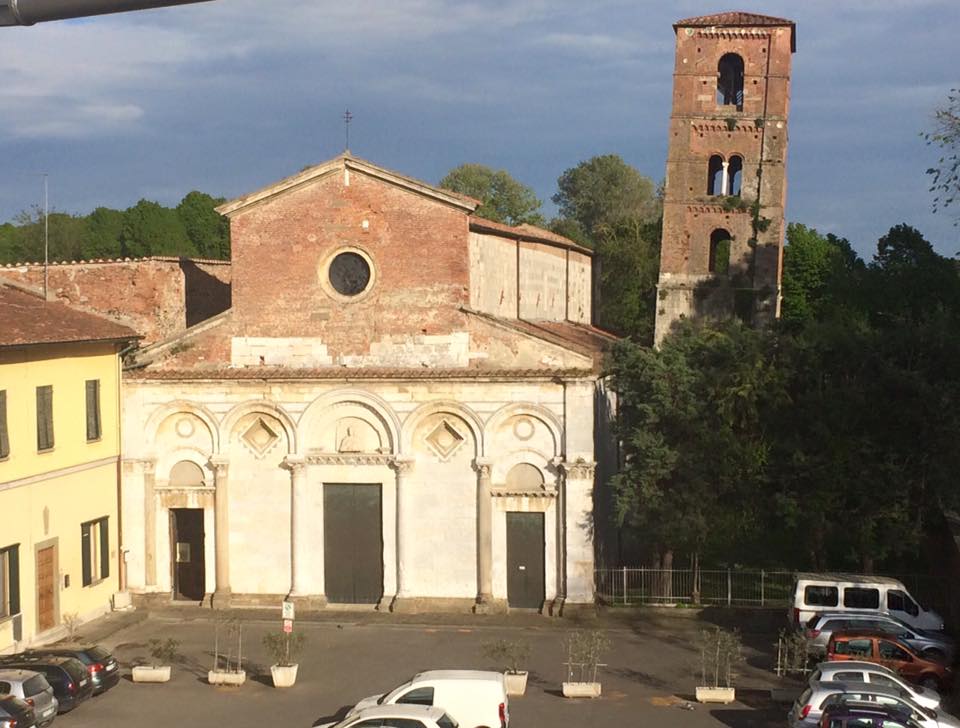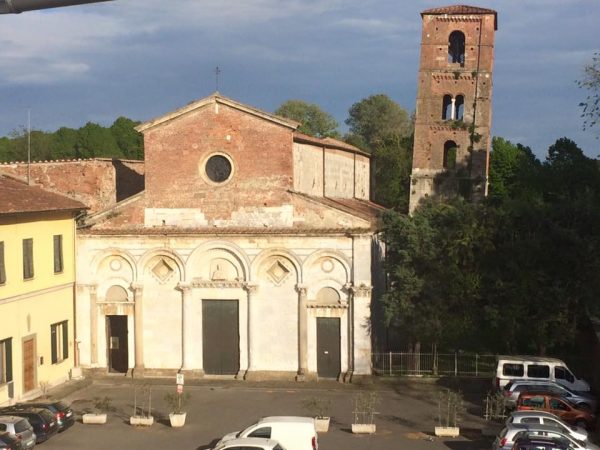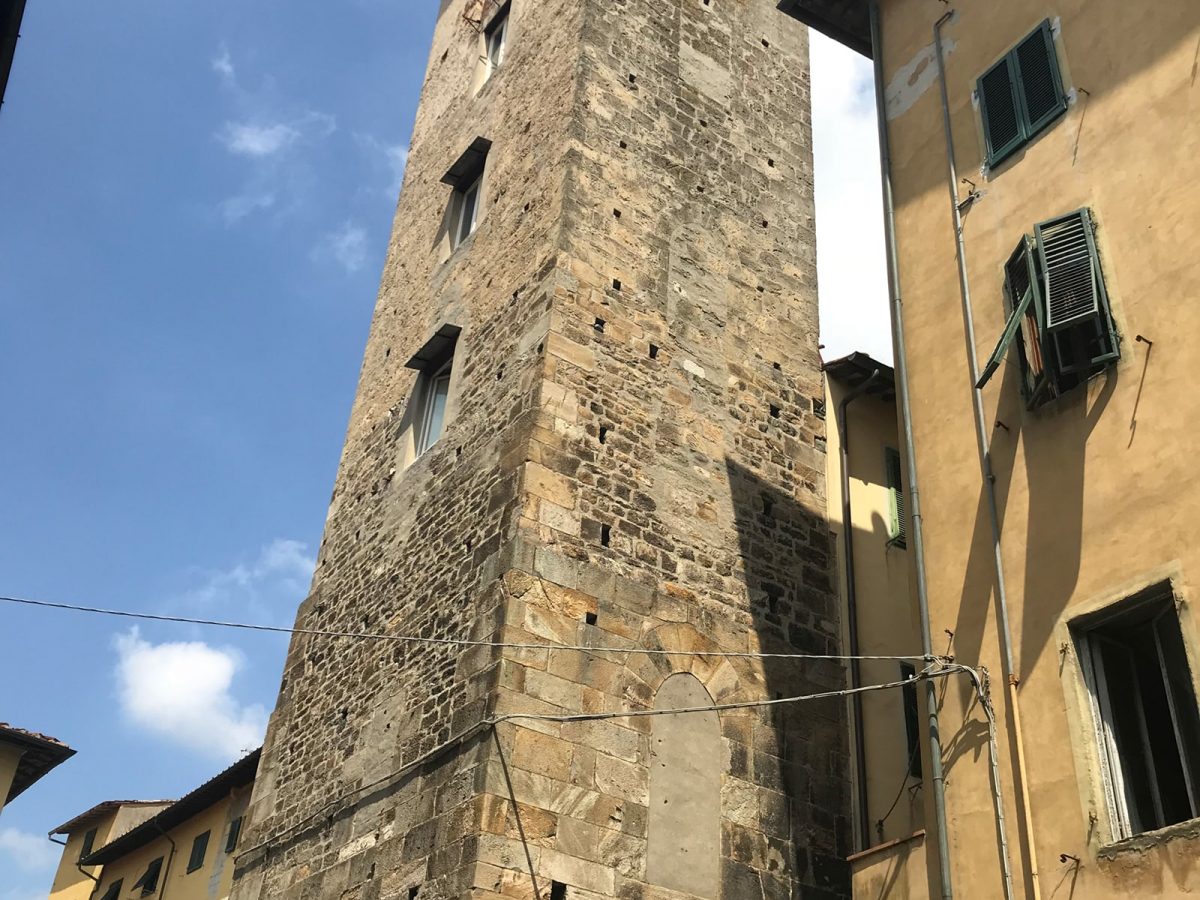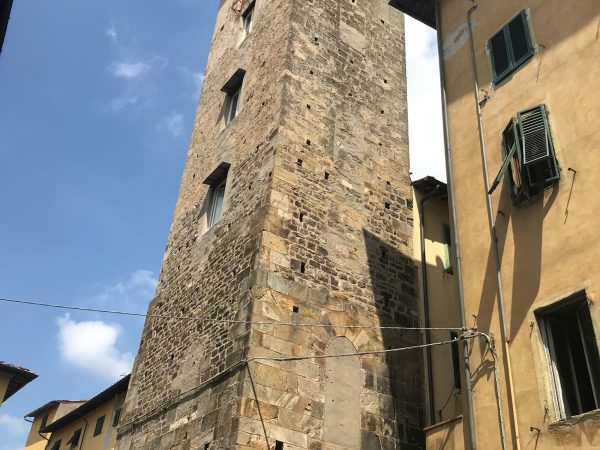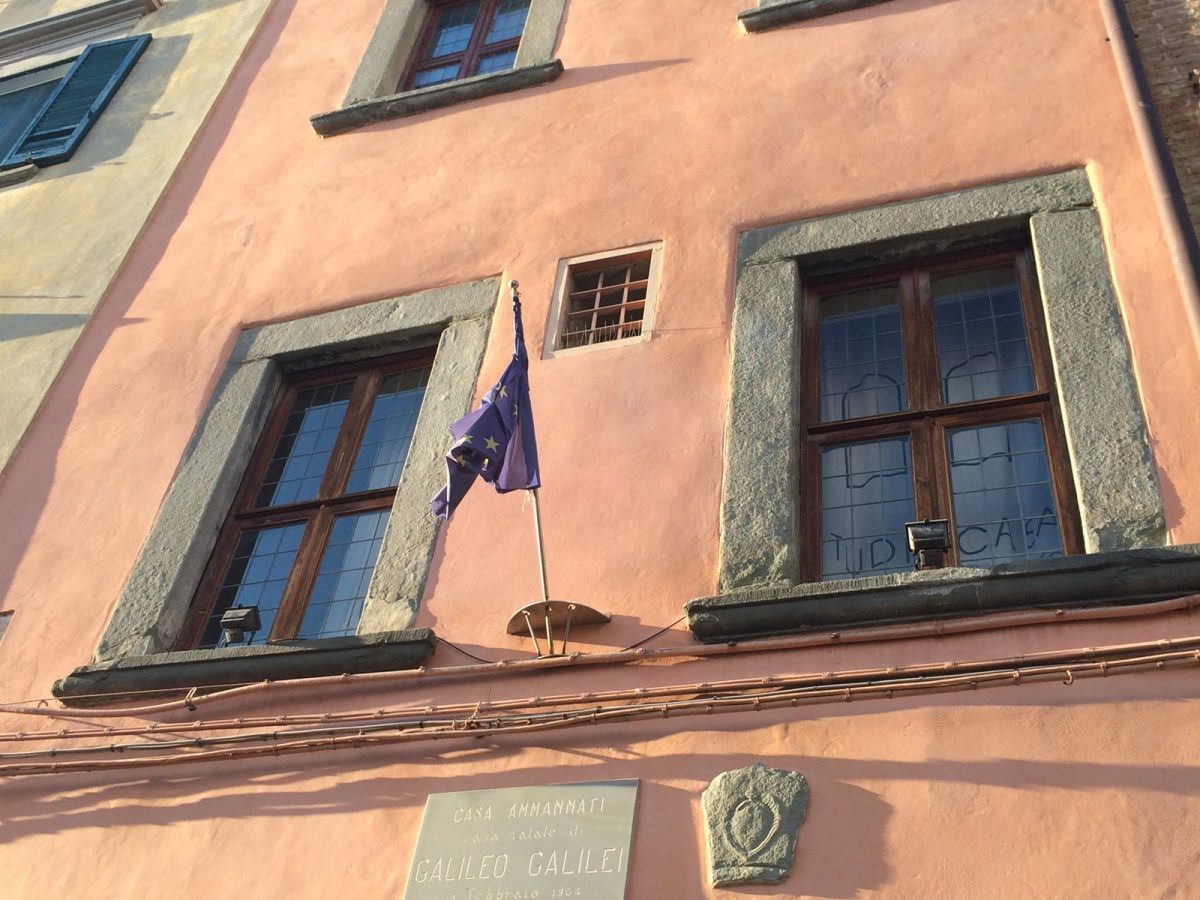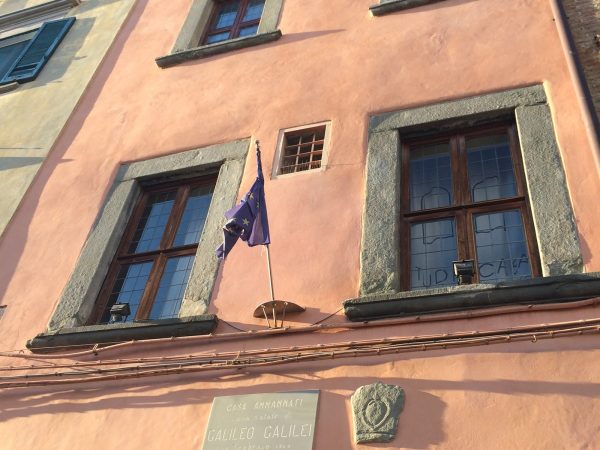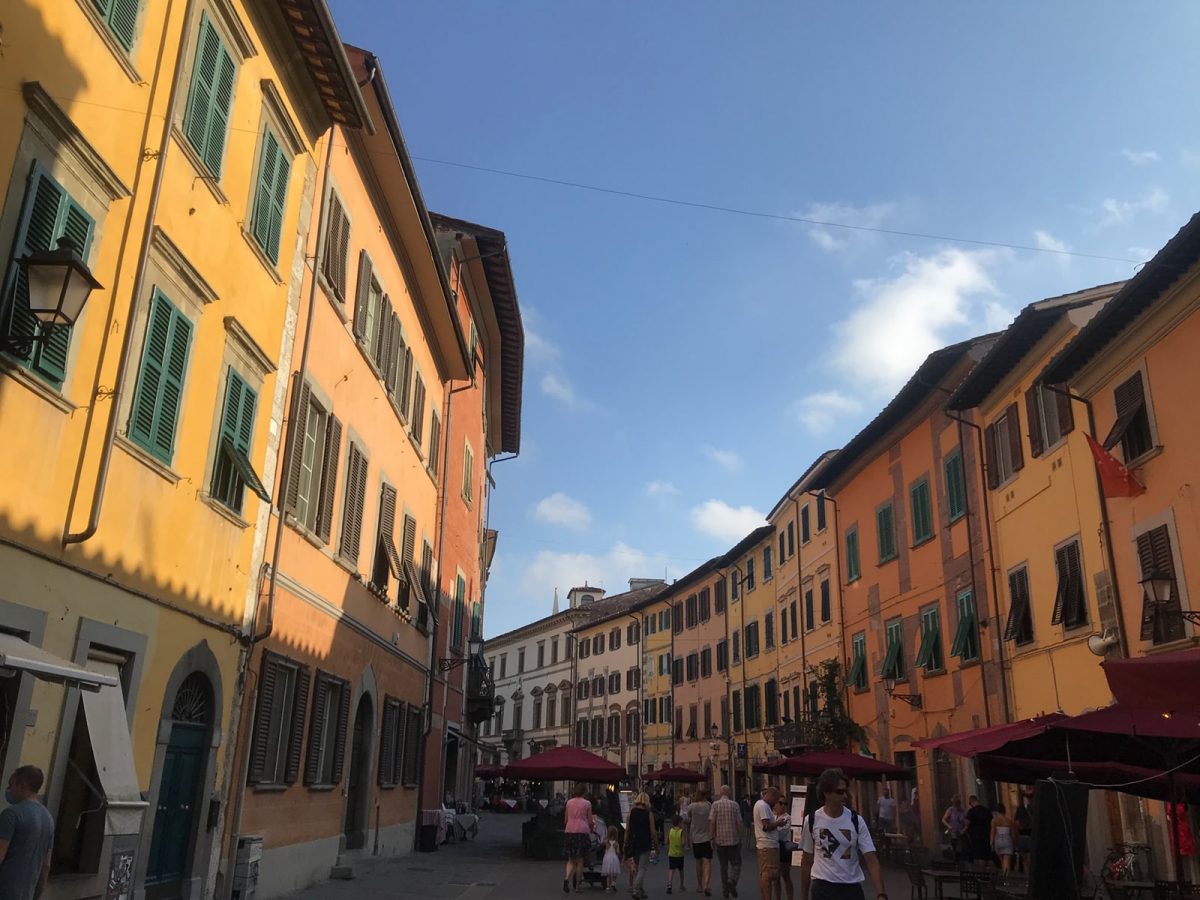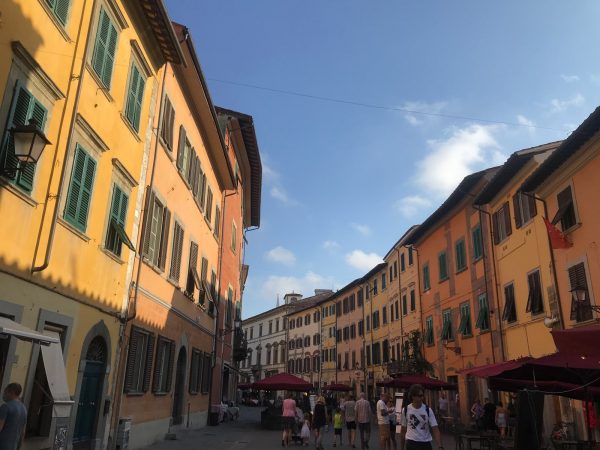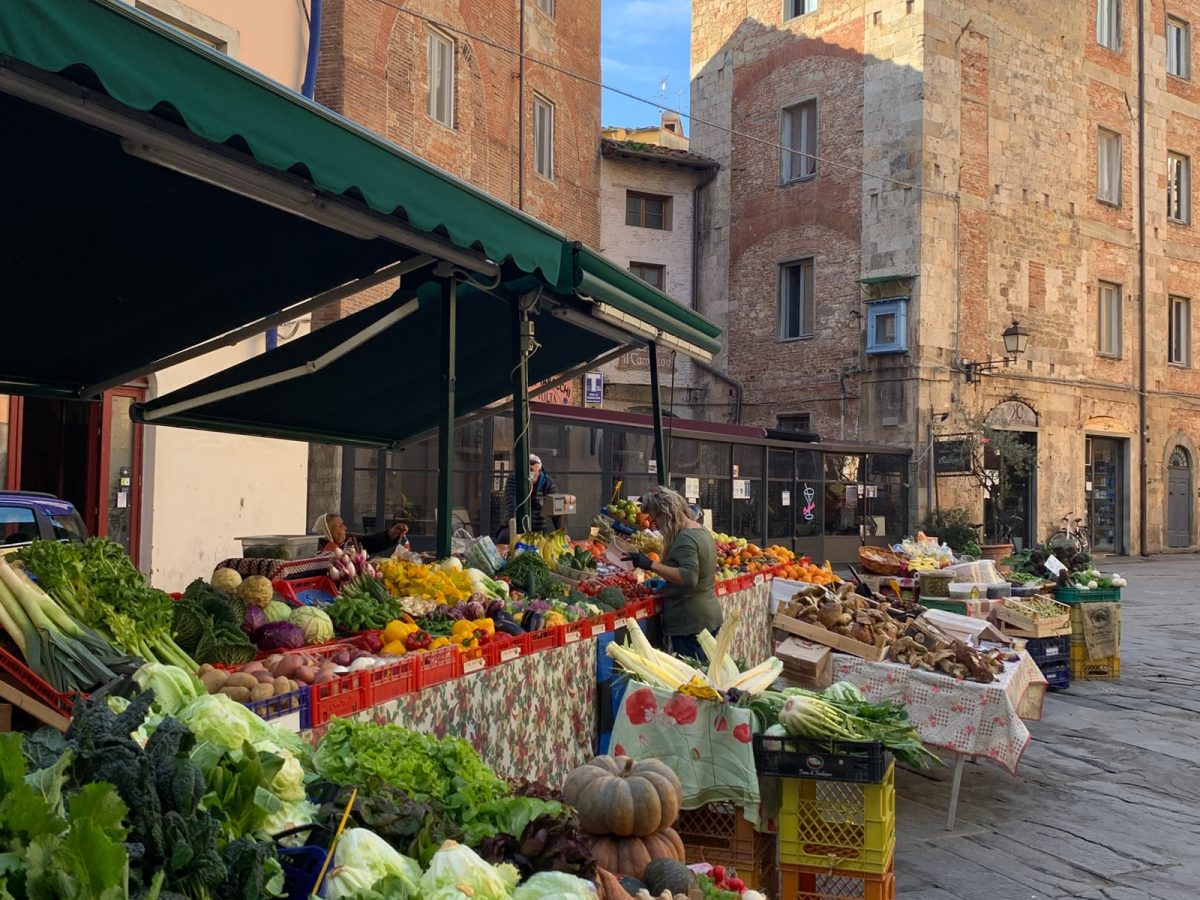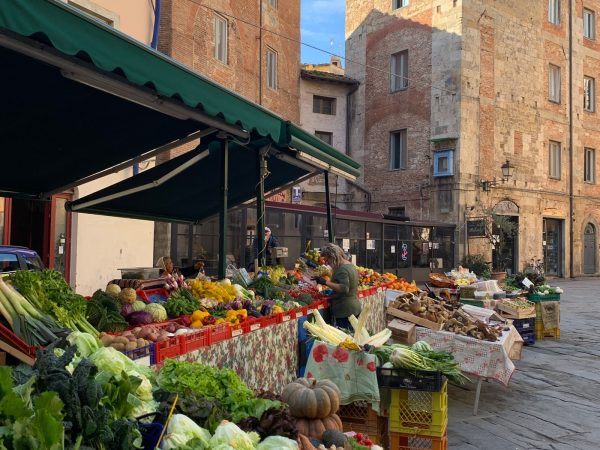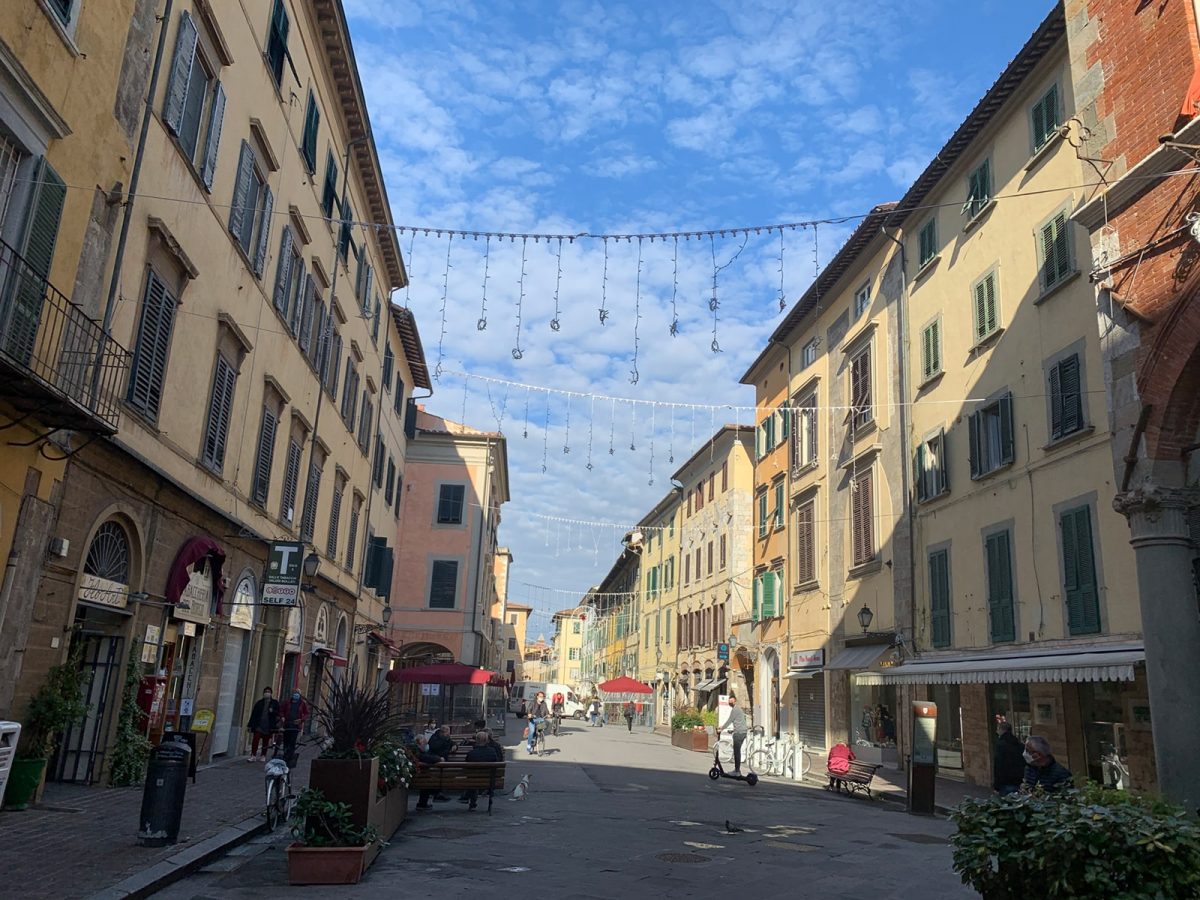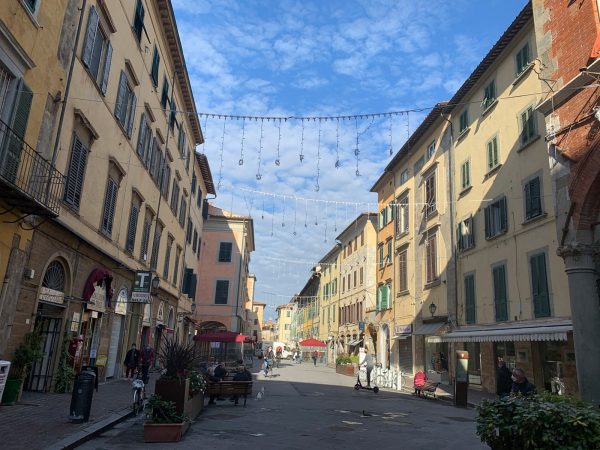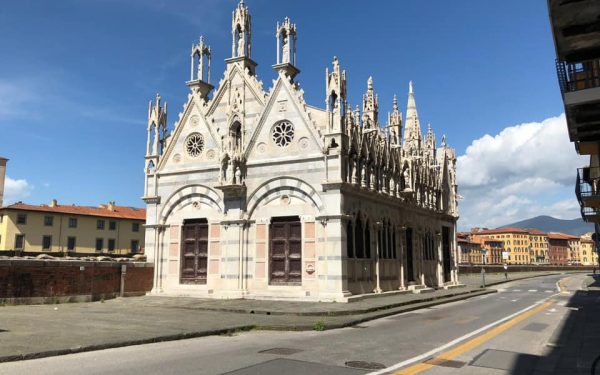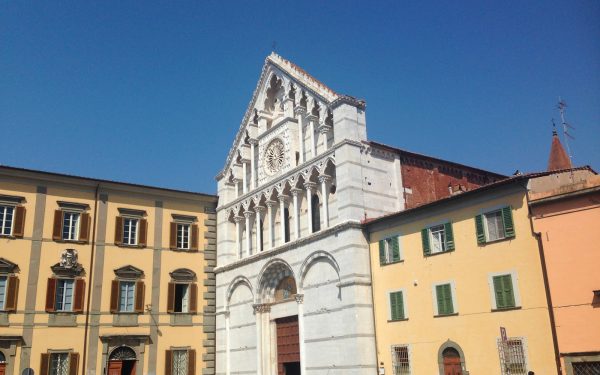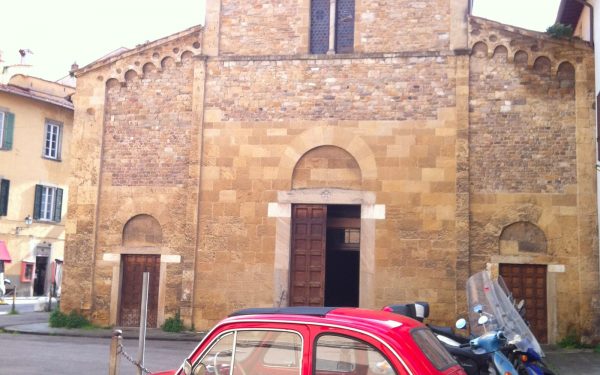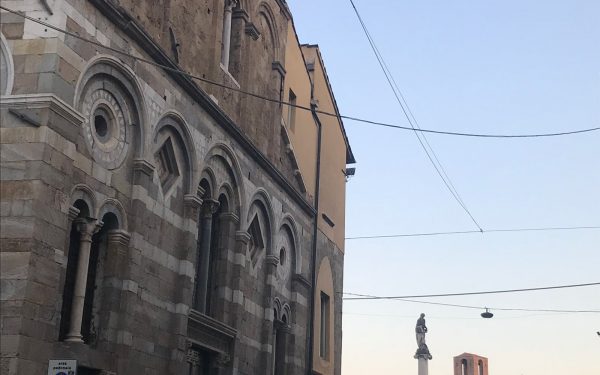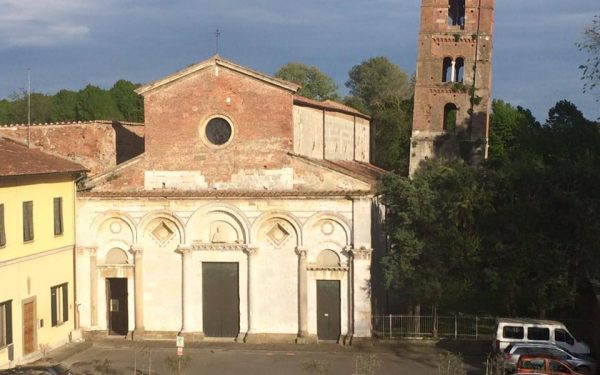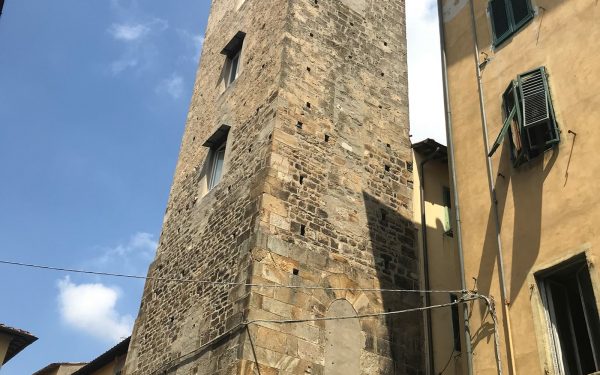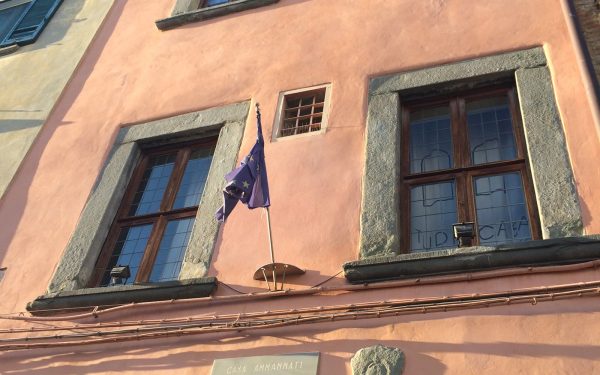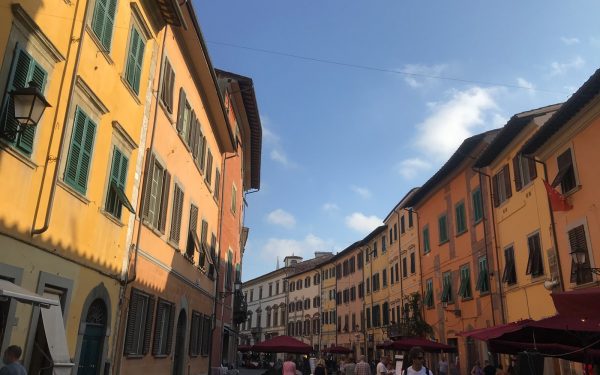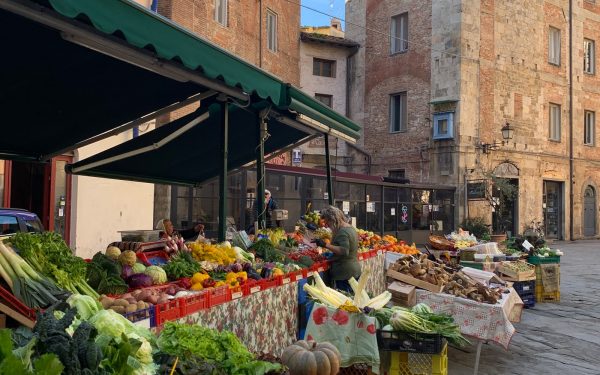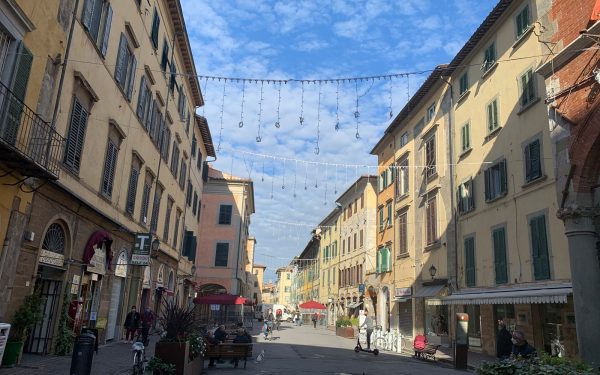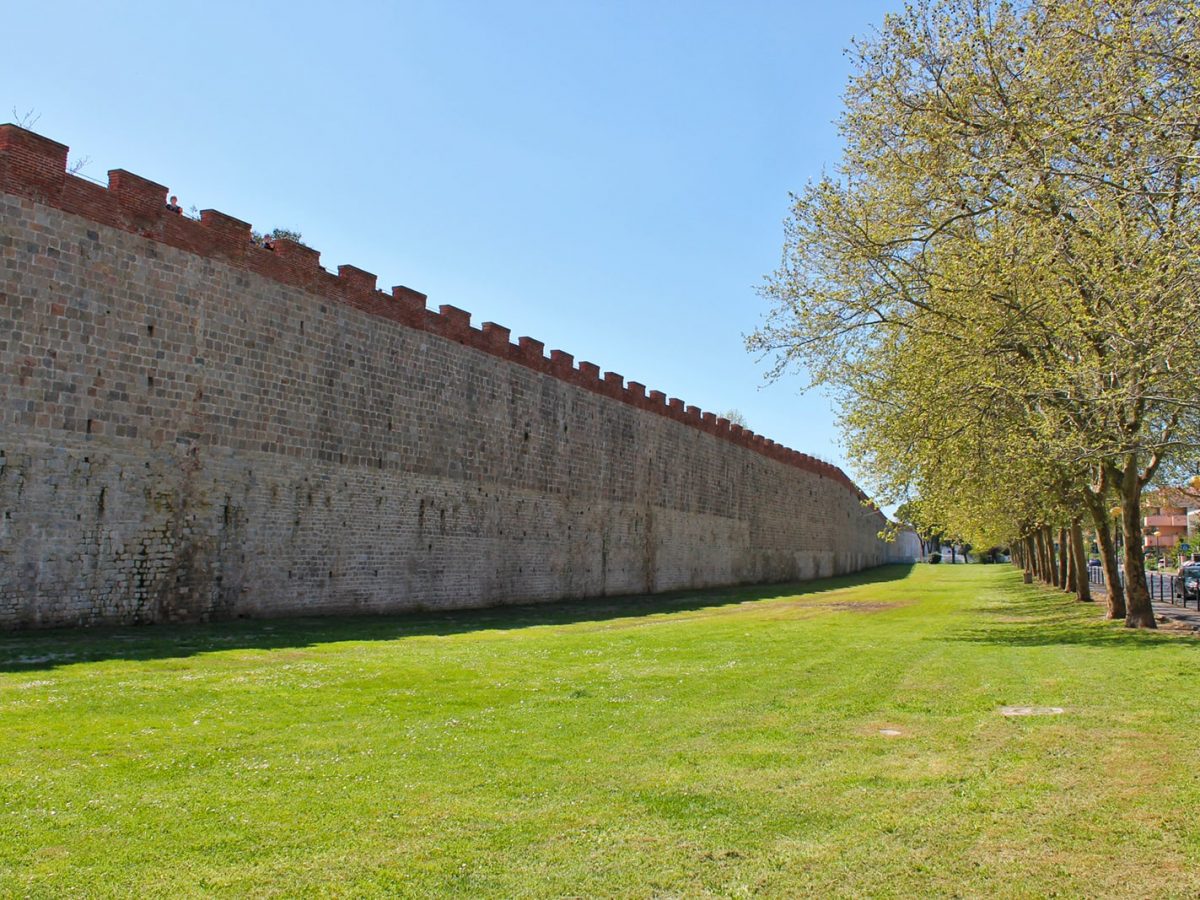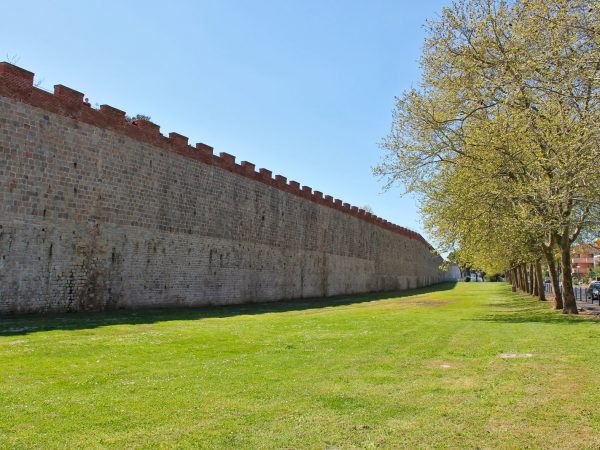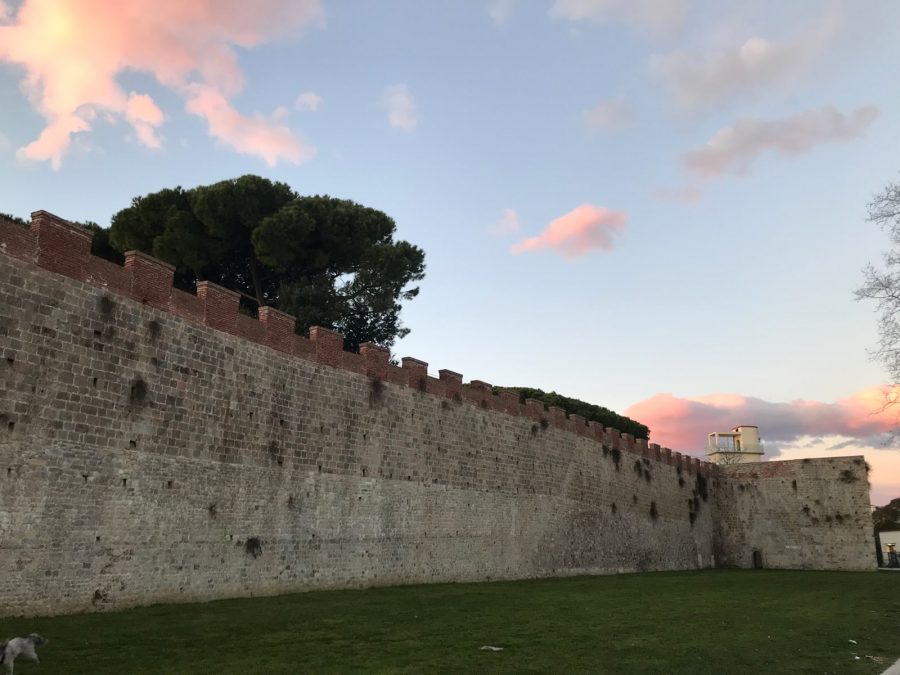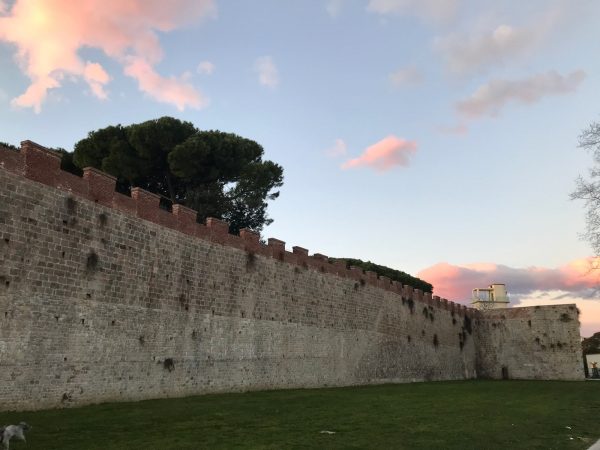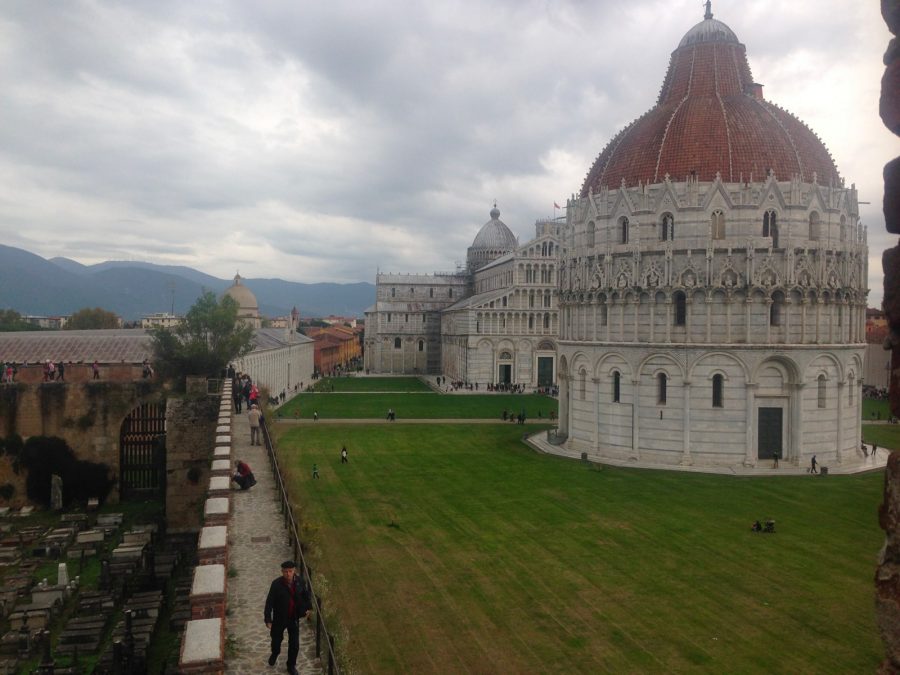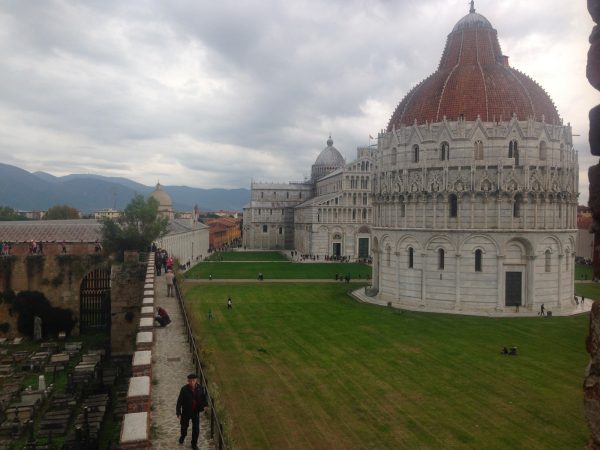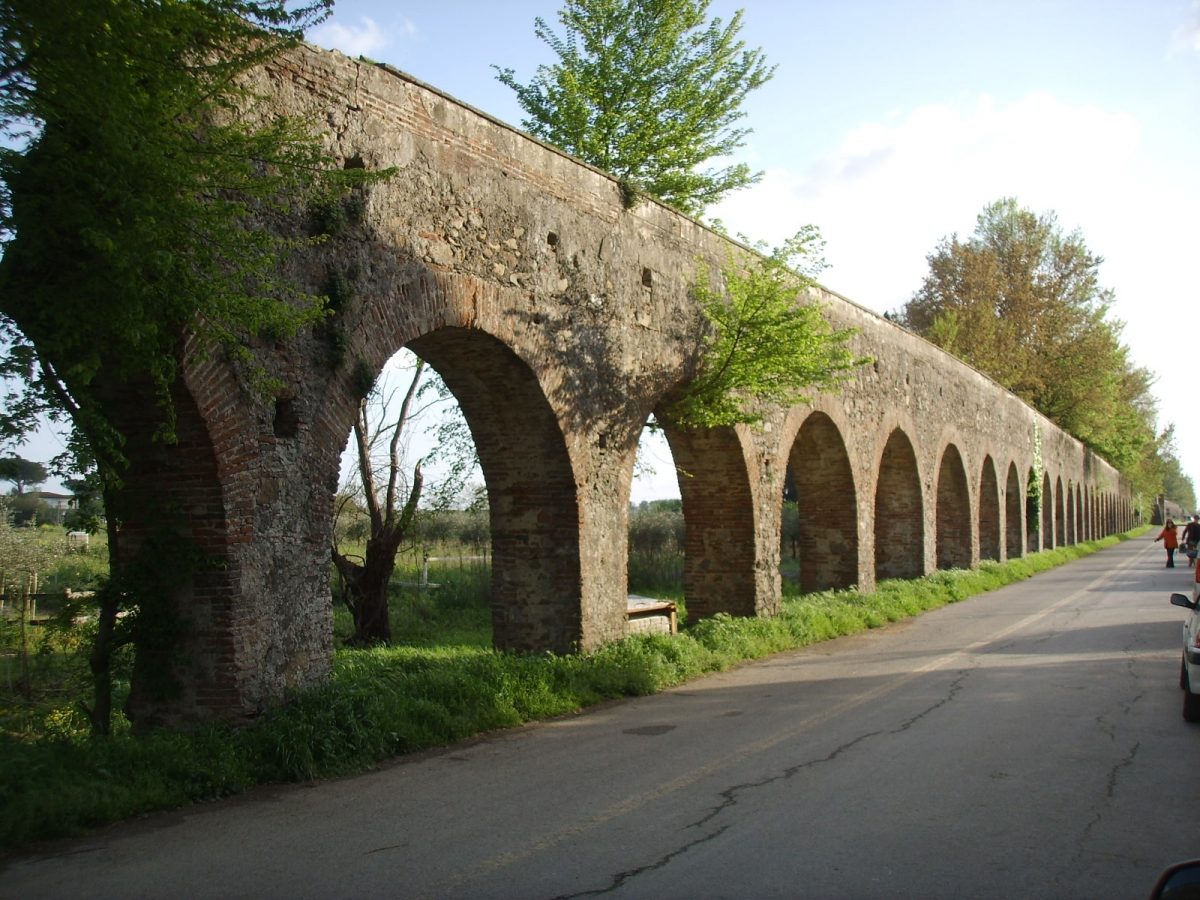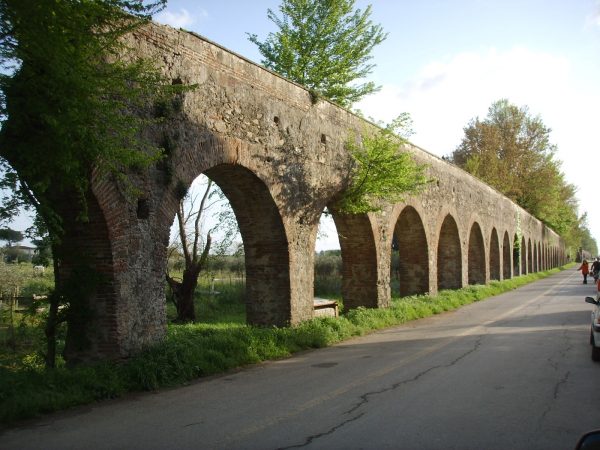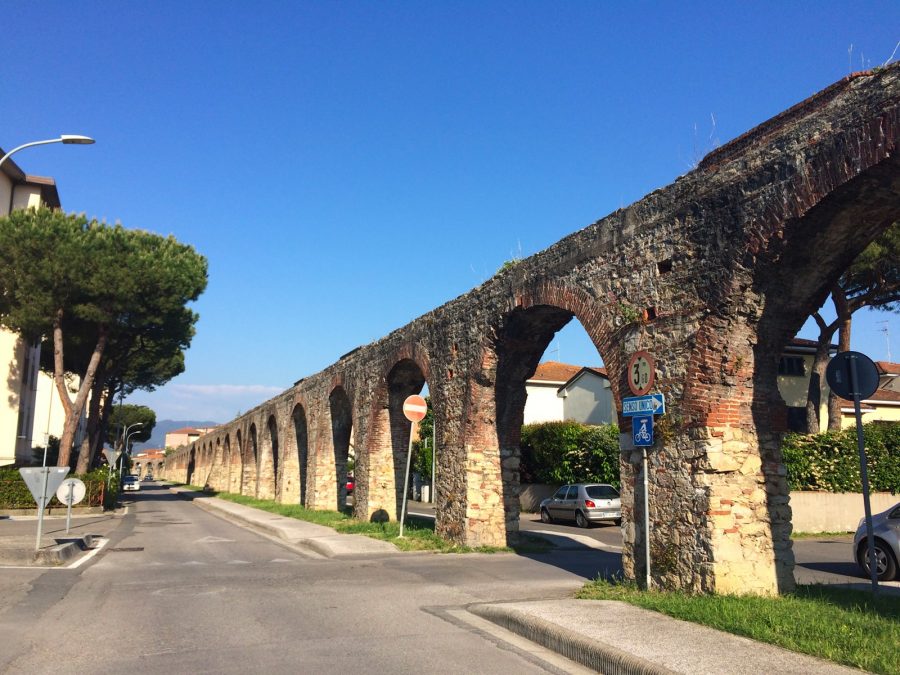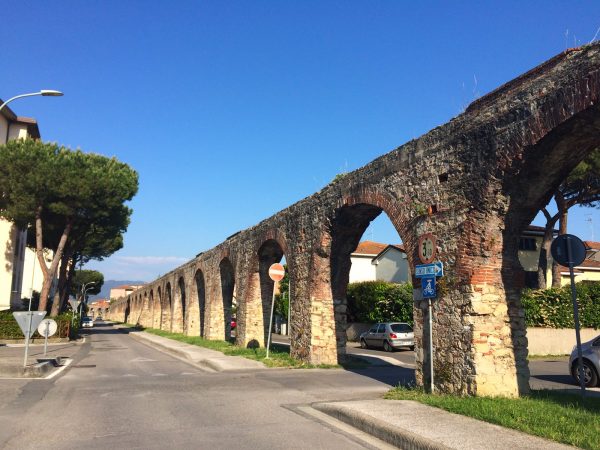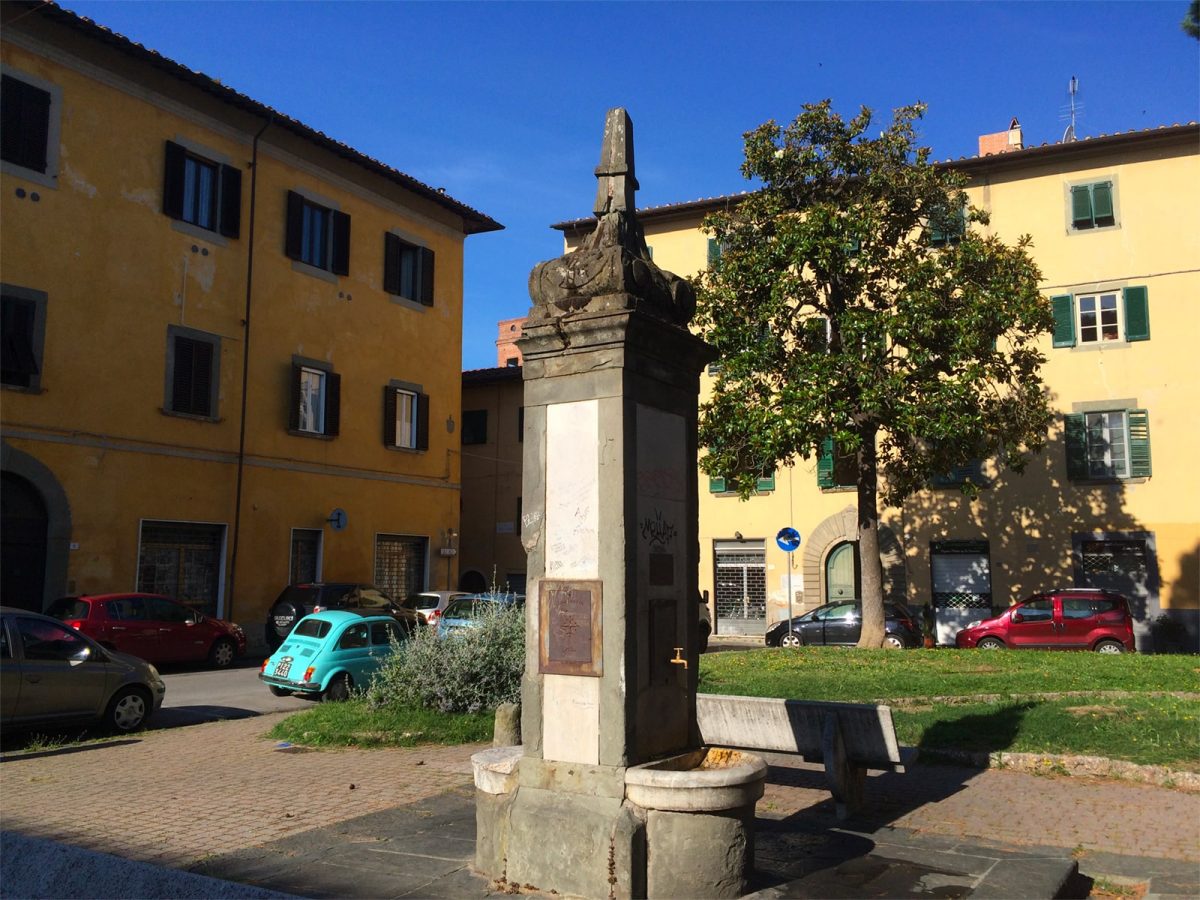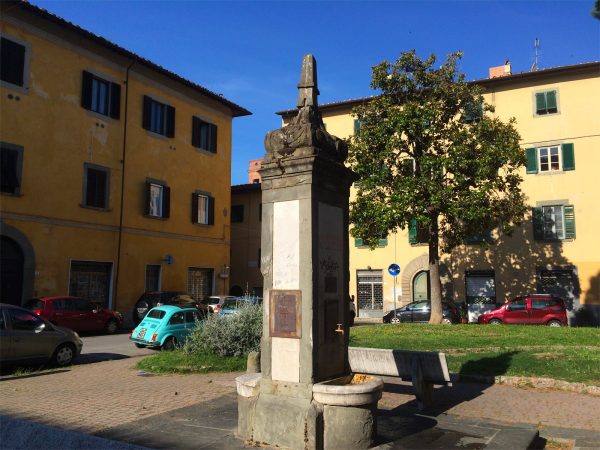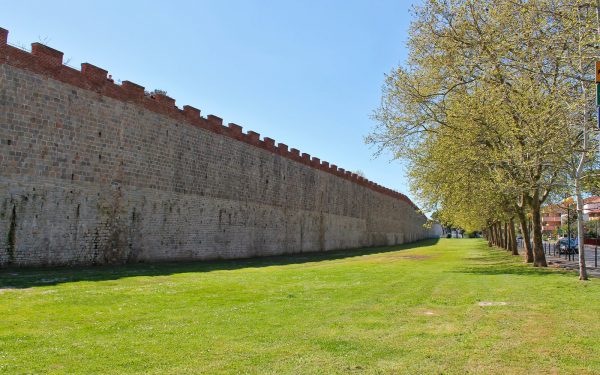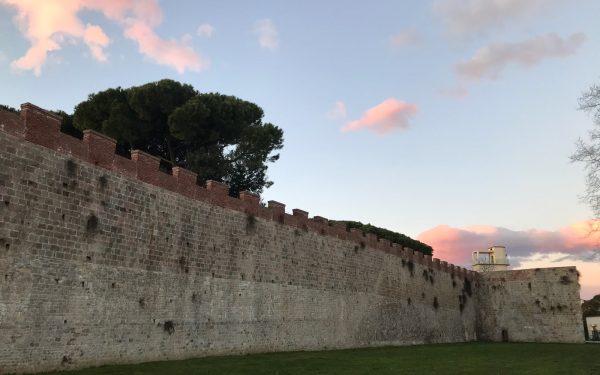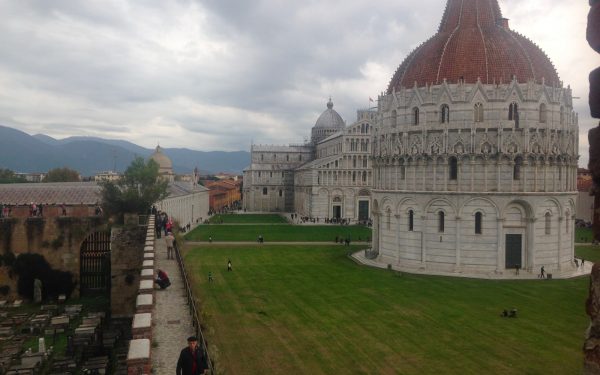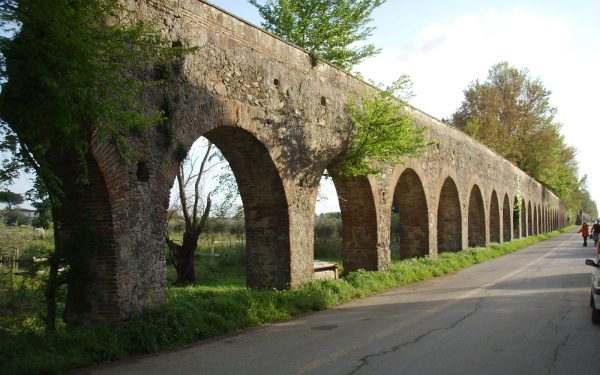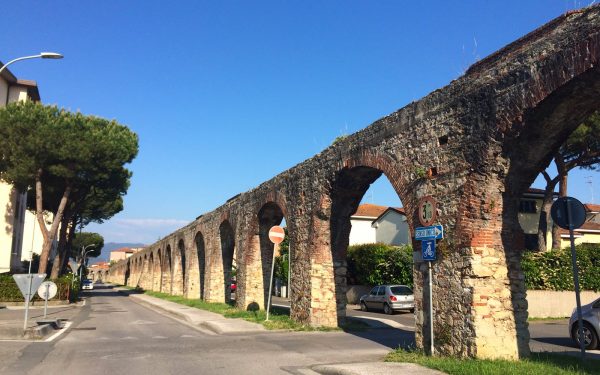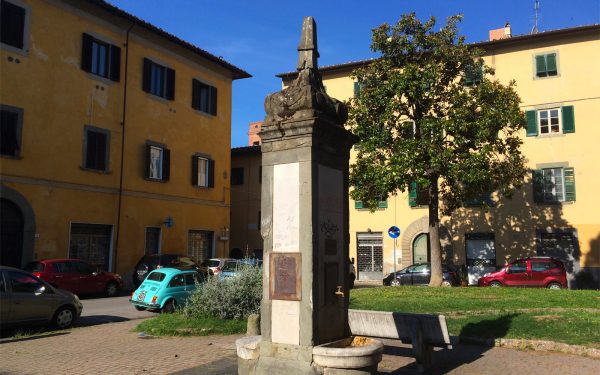By booking directly on our website we can guarantee you:
- Lower price than on any other website
- Less restrictive cancellation policy
The city of Pisa offers its visitors many opportunities for recreation, starting from the historic places located in the old city centre. First of all Cathedral Square also known as SQUARE OF MIRACLES, Unesco World Heritage site since 1987, just 5 minutes away from the hotel, with the famous Leaning Tower, the Cathedral, the Baptistery, the Monumental Cemetery, the Sinope Museum and the recently renovated Cathedral Works Museum.
Also not to be missed is CAVALIERI SQUARE (Piazza dei Cavalieri) a few meters away, renovated in the 16th century to a design by Giorgio Vasari. The Cavalieri Palace used to be the ancient seat of the Council of Elders in Medieval times, of the Order of the Knights of Saint Stephen in the 16th and 17th century, nowadays is the seat of the Scuola Normale Superiore of Pisa, founded by Napoleon in 1810. Then the Clock Tower, now including the so-called Hunger Tower where Count Ugolino della Gherardesca was imprisoned for treason at the end of the 13th century, quoted by Dante Alighieri in the 33rd Canto of the Inferno of the Divine Comedy. The Church of the Order of the Knights of Saint Stephen is rich in artistic treasures including works by Giorgio Vasari and Bronzino and the other historic buildings.
The San Matteo National Museum houses one of the most important collections of religious works in Italy from the 12th to the 15th century: painted crosses of inestimable value and works by Giunta Pisano, Simone Martini, Donatello, Masaccio, Gentile da Fabriano, Beato Angelico, Benozzo Gozzoli, Ghirlandaio etc.
The Royal Palace National Museum was the city residence of the Grand Dukes of Tuscany from the 16th to the 19th century (Medici and Habsburg-Lorraine) and the Savoy family in the 19th and early 20th centuries. Now home to the Superintendence for Artistic and Cultural Heritage of the Province of Pisa and with a vast collection of Medieval and modern secular and religious works (including one of the first wooden panels by a young Raphael and works by Rosso Fiorentino, Guido Reni etc.)
The Ancient Ships of Pisa Museum, open since June 2019, is housed in the 16th century Medicean Shipyards in Lungarno Simonelli. The collection is huge and occupies 4,900 m2. There are 2 archaeological sections dedicated to the history of the city and 6 sections showing the intact wrecks of some of the 30 ancient ships, exceptionally preserved and discovered in 1998 at an excavation site active until 2014, near the San Rossore railway station. Also on display is a large part of the cargo found in the wrecks dating from the 2nd century BC to the 7th century AD! Archaeologists all over the world consider it the “Pompeii of Navigation”.
The Blue Palace Museum hosts important temporary exhibitions (from its opening in 2009 until today Exhibitions on Chagall, Mirò, Picasso, Warhol, Modigliani, Toulouse-Lautrec, Dali, Escher, Magritte, Futurism and Keith Haring) and a permanent collection of great interest.
Palazzo Lanfranchi, seat of the Museum of Graphics and temporary exhibitions.
Near the Central Station you can admire Keith Haring’s incredible latest work: the ALL WORLD mural (Tuttomondo).
Painted in 1989 on the outer wall of the rectory of the church of Sant’Antonio Abate, it occupies about 180 square meters (10 meters high by 18 meters wide) and is the only work designed to be permanent.
The artist said of the city:
“Pisa is incredible. I do not know where to begin. I realize now that this is one of the most important projects I have ever done.“
It is worth seeing the many churches scattered throughout the city of high historical and artistic interest, whose facades are often built in the same style as the Cathedral, that is to say the Pisan Romanesque. Then the many medieval tower-houses (in the 12th century a Spanish traveler told of a city with 10,000 towers in his travel diary!) whose original arches and pillars are still recognizable in many buildings in the city centre, including ours!
Noteworthy is the house where the great scientist Galileo Galilei was born in 1564, located in the historic centre, unfortunately it cannot be visited inside as it is a private professional studio.
Shopping lovers are spoiled for choice among the many shops for all budgets located in the nearby Borgo Largo, Borgo Stretto, Via San Francesco, Corso Italia, Via San Martino and neighbouring streets. We also suggest a visit to the characteristic fruit and vegetable market in the central Piazza delle Vettovaglie or to the twice-weekly (on Wednesday and Saturday mornings) market in via Paparelli.
The city walls were built between 1155 and the 14th century AD and are definitely worth a visit. Still intact for 5 of the original 7 km! Furthermore 3 out of 5 km can be walked on top and one can admire Cathedral Square and part of the city North of the Arno river, from a special point of view.
The Medicean aqueduct was built later, between the 16th and 17th centuries, finally bringing spring water from the nearby Pisan Mountain. Distribution to the city was made possible by means of beautiful monumental fountains. Walking on top of the City Walls, it is possible to see the portion of the Aqueduct that reaches the city, near one of the 4 entrances to the Walls, Piazza delle Gondole.


